I did not expect to like Tokyo. Not only did I find it intimidating, but I also thought that it was mostly for high-fashion shoppers and electronics geeks, neither of which I am.
However, there is nothing better than to make an initial splash in Japan here— at its modern, fast-paced, impeccably clean and hospitable capital. The truth is, Tokyo travel is awesome and a visitor to Japan would be ill-advised to skip it. Despite its far-reaching high-rises and even higher prices, you might even love it.
10 Things to Love About Tokyo
1) Sushi, glorious sushi.
Our sushi-making lesson was an absolute blast! I am now able to shape nigiri and am confident that it will not fall apart into a large mess on your plate. That said, making good sushi rice is a whole different story, as is acquiring sushi-grade fish in the U.S.
Sushi in Japan does not consist of California rolls and Spicy Tuna– as delicious as those might be. Instead, most sushi is understood to be one piece of fish over rice. Rolls are far less common.
In addition, high-end sushi restaurants are built on the premise that the chef knows what you want better than you do. So forget ordering; he’s already accounted for what is freshest from the market, and that’s what you’ll be eating.
It’s also a bit tacky to photograph a sushi chef and restaurant, so we did not. Unfortunately, that means no visual relics from our fantastic night at Ginza Kanesaka.
But, back to the sushi-making lesson: Tokyo Channel 7 decided to film us! Other than the discomfort of eating on camera, I absolutely loved meeting the film crew and having them watch us try (and fail) to make good sushi. We even watched ourselves on TV the next morning!
2) Its religious inheritance.
Many people in Japan identify with Shinto, Buddhism, or both.
Shinto shrines are where families might visit when they’re seeking a particular blessing: prosperity, safety, success, good luck– the list goes on and on. To ask the gods for help, people write prayers on wooden tablets and hang them before the shrine.
The most beautiful part of Shinto shrines, in my opinion, are the Torii gates. These gates are believed to purify those who walk through, preparing them for worship. For additional purification, there is a fountain with which to wash your hands and mouth before approaching the alter.
Many larger Shinto shrines– like famous Meiji Shrine pictured here– have gardens attached to them as well. They are the perfect place to sit and ponder, not to mention admire any blooming irises or lilies too.
3) Architectural brilliance.
I did not expect to find funky architecture all over Tokyo; I thought I would see skyscrapers and traditional temples.
As it turns out, however, the neighborhood of Omotesando is the perfect place to see all kinds of interesting buildings. Most remarkable are actually the designer shops: Prada, Celine, Dolce & Gabbana, and the rest. In Tokyo’s high-end shopping district Ginza, they’re housed in large flagships; but in Omotesando, each brand has a unique shrine unto itself.
4) The juxtaposition of old and new.
People have been living in Japan since around 300BC, and the entity that began to form as what we know today dates its traditions back to 500BC. Needless to say, Japan is really old!
But, we also know that Japan is one of the most technologically advanced societies. With the world’s third largest economy, Japan seems to have modernity at its fingertips.
And yet, despite wars and earthquakes, the country has striven to maintain its ancient inheritance– and it has done so beautifully. Between the high-rises and pajinko arcades are quiet gardens, museums and monuments to Japan’s past.
It’s quite enchanting to be a tourist and constantly in between worlds, all of which are true representations of Japan.
5) Quiet gardens.
New York can boast of tranquility in the depths of Central Park, but Tokyo has many hidden pockets that are so quiet that you forget you’re in the city.
One of our favorites was the garden at the Nezu Museum, a lovely place to stroll after admiring its gorgeous collection. Another excellent garden is the Hamarikyu Garden near the Tsukiji Fish Market.
The Japanese have exquisite tree-trimming traditions. Maple trees in Japan grow like no other, and are accompanied by elegant pines that have been balanced through years of pruning.
Each garden has its own combination of stone, water, statues and of course greenery– and each evoke a unique sense of calm.
6) Funky cafes and bakeries.
Nobody does funky better than Tokyo, and there were some seriously cool cafes that would put hipster American coffee shops to shame. What I loved most about each of these spots (in addition to the coffee) was the detail to their decor. Whether it was a small wind chime or a few birdhouses, the charm was really irresistible.
And of course, bakeries: because who doesn’t love the Japanese take on bread and pastries? Their flour is fluffy, their butter fragrant, each bite leaving you wanting more.
Our favorite? The matcha-almond croissant.
7) The Tsukiji Fish Market.
Whether or not you like fish is irrelevant; Tsukiji is a must-see. Not only is it bustling with individuals shopping for dinner materials and an excellent sushi lunch, but it is also home of the famous (perhaps notorious) tuna auction. Serious sushi chefs make it to Tsukiji before dawn each day to bid on the best tuna catch of the day. As the world’s largest fish market, Tsukiji sees tons and tons of impeccable seafood come and go on a regular basis.
For the less aggressive, there are rows and rows of shops offering fragrant bonito flakes, dried konbu (seaweed), and an array of other seafood stock materials. Of course, lots of high-quality sushi materials as well!
8) Harajuku Neighborhood.
Famous for its streets lined with trendy and bold styles, Harajuku is the favorite of teens and college students. Very occasionally you might see someone dressed to the nines– and in Harajuku that means multi-colored hair, unbelievably high platforms, and makeup that makes you think of Sailor Moon.
But really, Harajuku is just fun. A visit there is incomplete without a stop at Marion Crepes, a trendy creperie offering the pastry loaded with anything from cheesecake to strawberry ice cream. Yum.
9) Department stores.
When we say “department store” in the U.S., Nordstrom or Macy’s usually comes to mind.
In Japan, however, department stores are so much more than that. They usually consist of many stories (at least 5), with food-centric basements that will blow your mind. These are not food courts that sell old pretzels and weird-smelling pizza; this is high-end, absolutely delicious fare that will tempt you until you give in. Did I mention that it’s mostly desserts?
Furthermore, department store basements contain entire grocery stores filled with produce, fresh fish, meat and even cheese. The most shocking thing we found was a bunch of grapes that cost about $75! Yikes!
In addition, department stores are decorated beautifully. Items are put on display within the context of the world they come from, and elaborate installations can be found on every floor.
My personal favorite? The succulents on the homewares floor in Itesan.
10) Amazing people and safe streets.
People everywhere are amazing, but there are a few things I absolutely love about Japanese culture. First of all, everyone is so polite, whether you’re a tourist, a local, rich, or poor. This is not a nation of snobs– at least not to your face. And I’ll take what I can get on that front. If you come to Japan, learn to bow to show respect. And bow a lot.
Second, the Japanese take great pride in what they do. You can pretty much assume that they’ll never charge more for a product than what it merits, and that each job is taken seriously regardless of what it is.
And finally, strangers are impossibly friendly and helpful. We asked a woman for directions and she took her time to help us, despite the fact that it made her miss her light to cross the street. Kindness abounds here no matter who you are or where you come from.
Can I just add that Japanese kids wear adorable uniforms? Yes, the hat is part of their uniform. They get a summer hat (made of straw) and a winter hat (made of wool). It melts my heart.
I can’t finish a post about Tokyo without mentioning just how safe it feels. Japan has a very low crime rate, and little of it is ever committed against tourists and visitors. Not having to clutch my purse or be over-alert while walking through the streets is an amazing feeling as a female traveler.
Traveling to Tokyo? Further resources here:
I love travel books. These are the ones I would strongly recommend: a Top 10, a detailed photo-filled book, and a map. It’s always good to have a resource you carry on hand!
Pin for future reference:
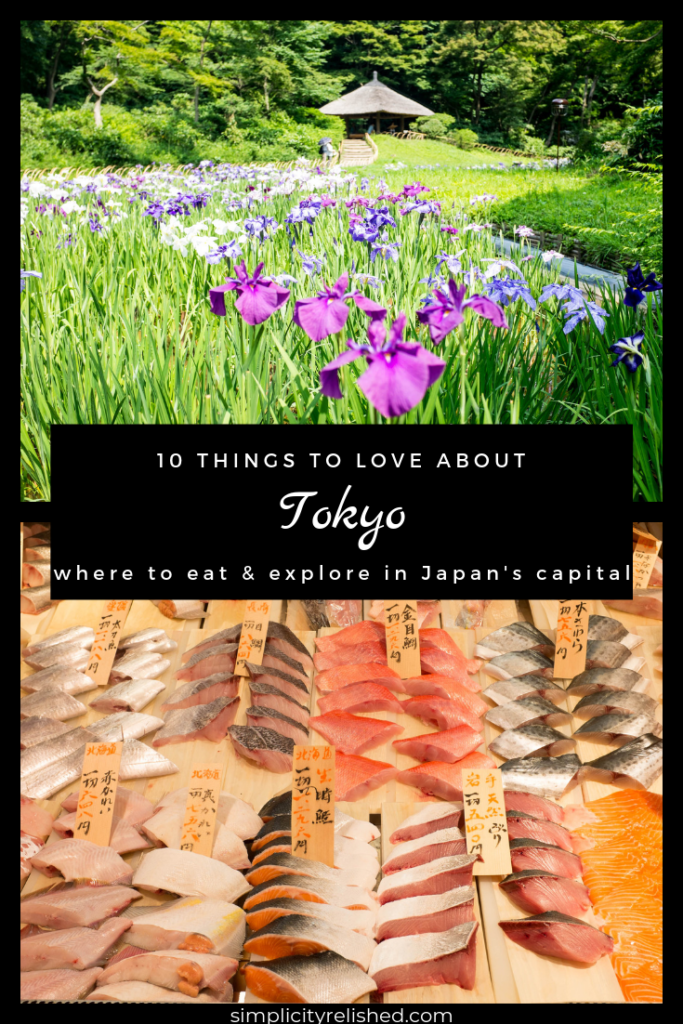

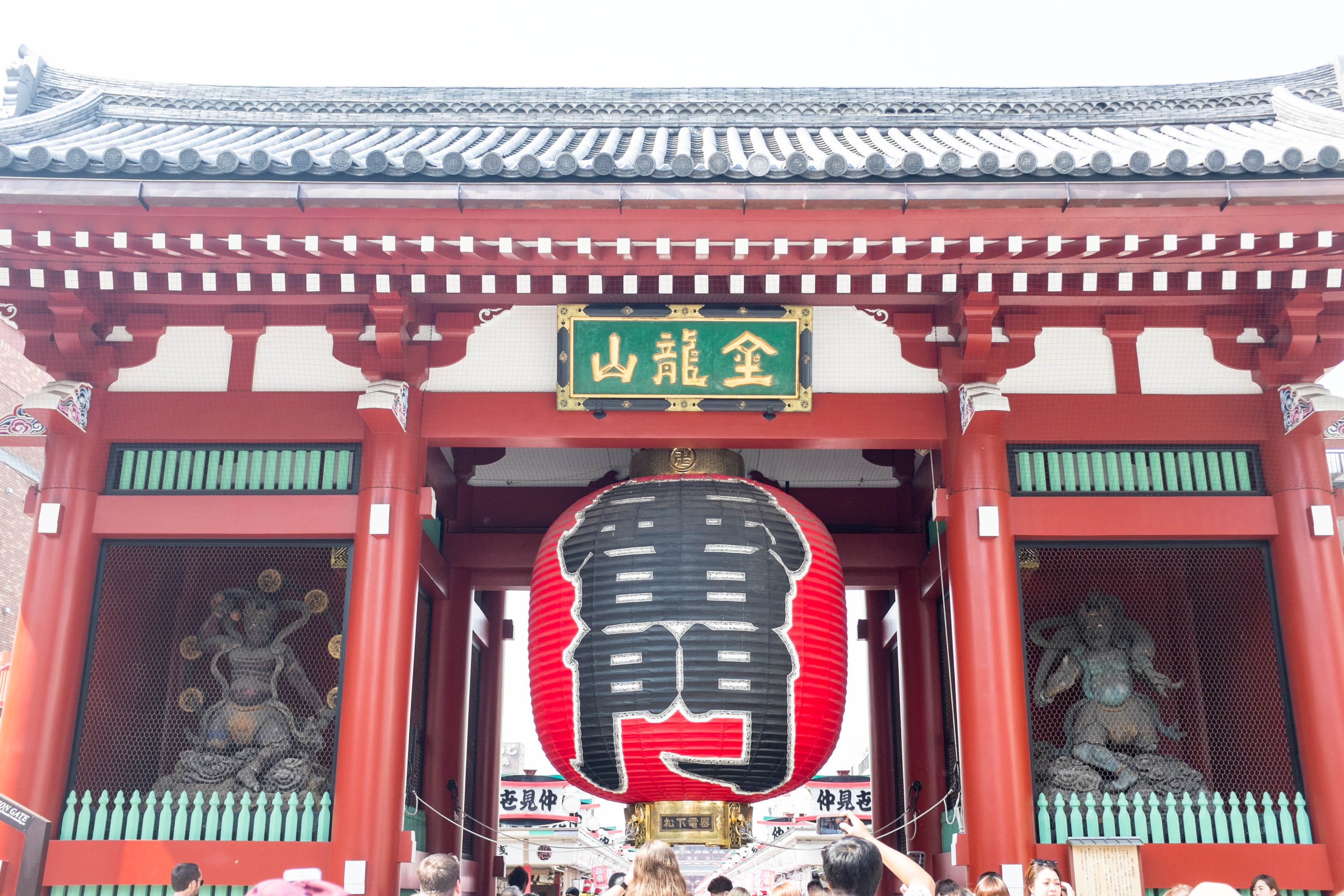
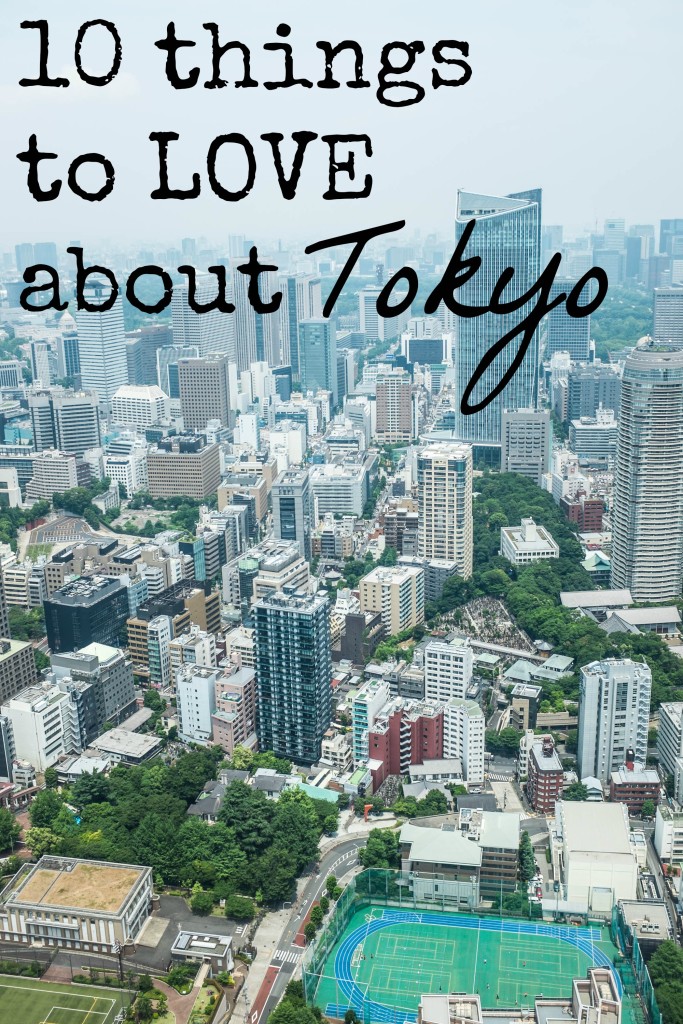
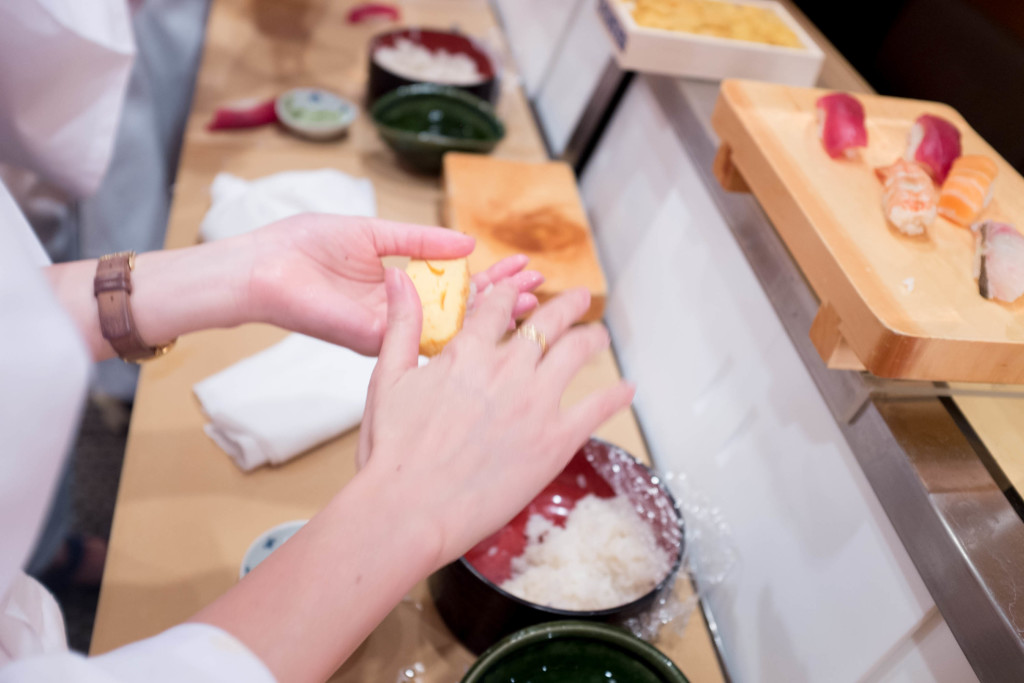
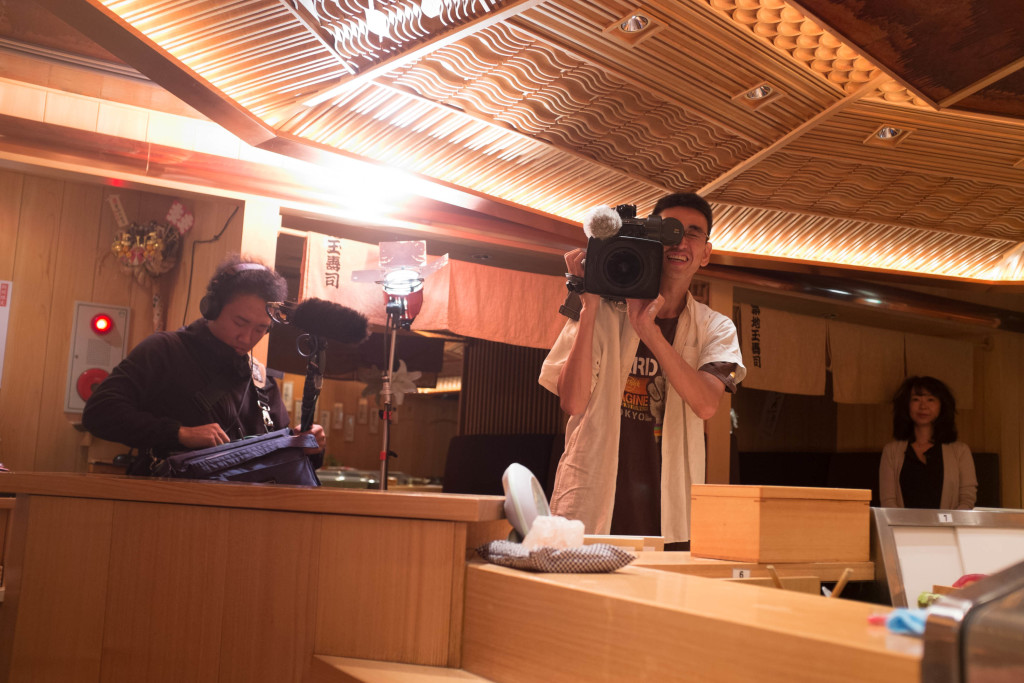
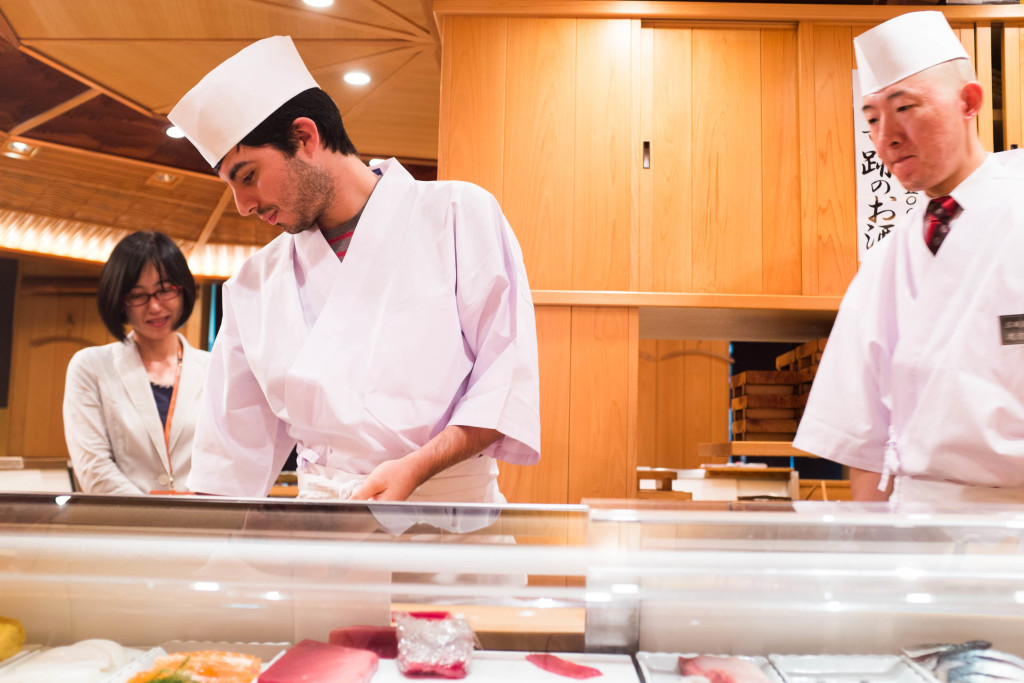
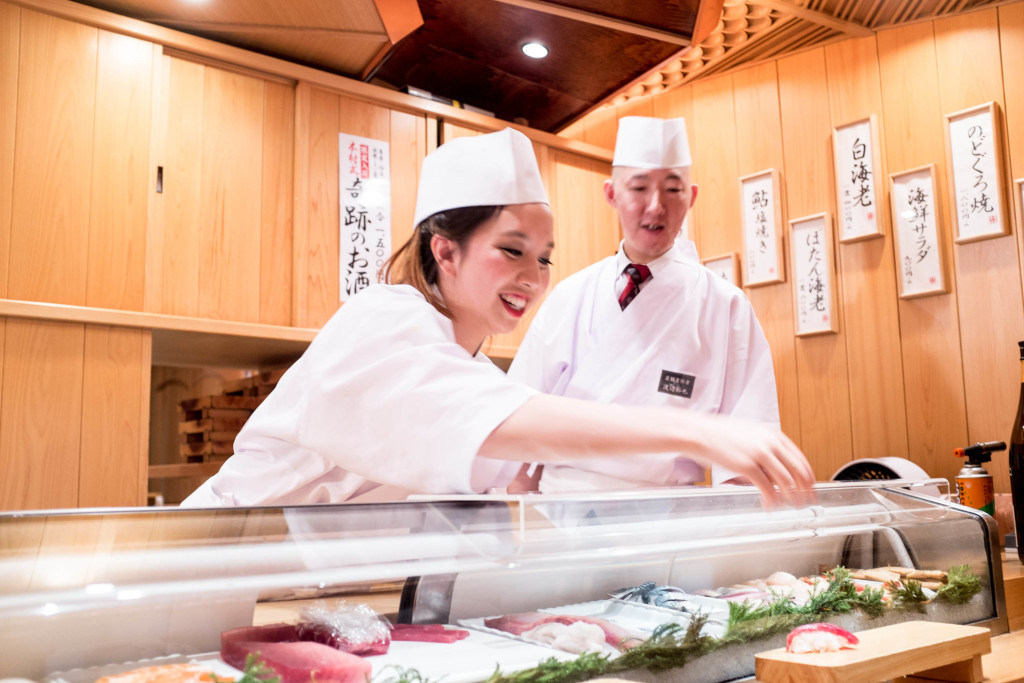
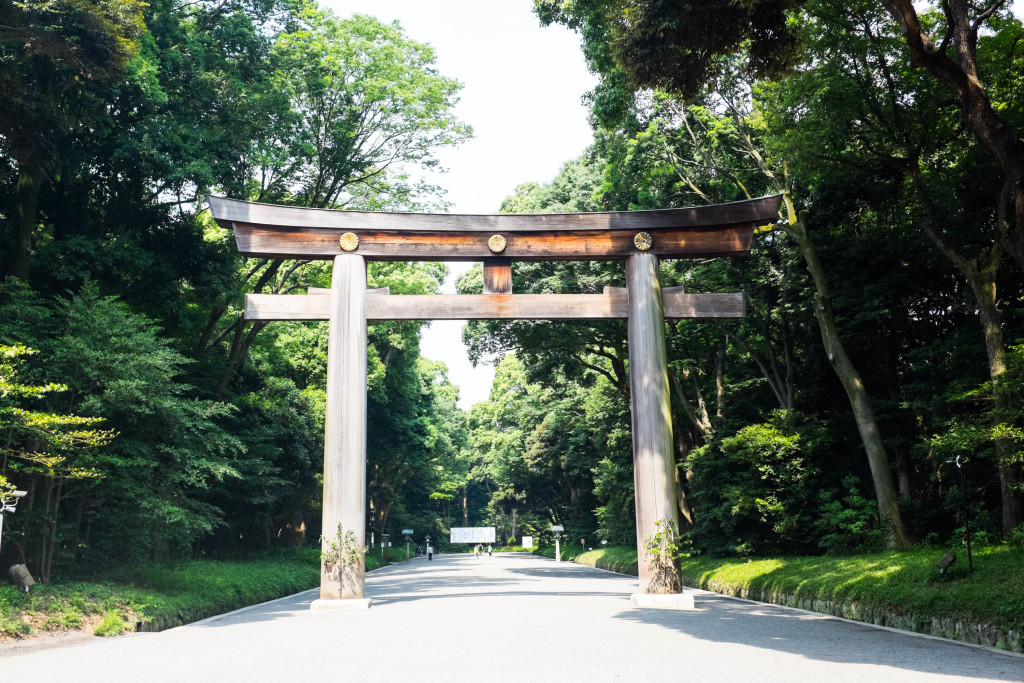
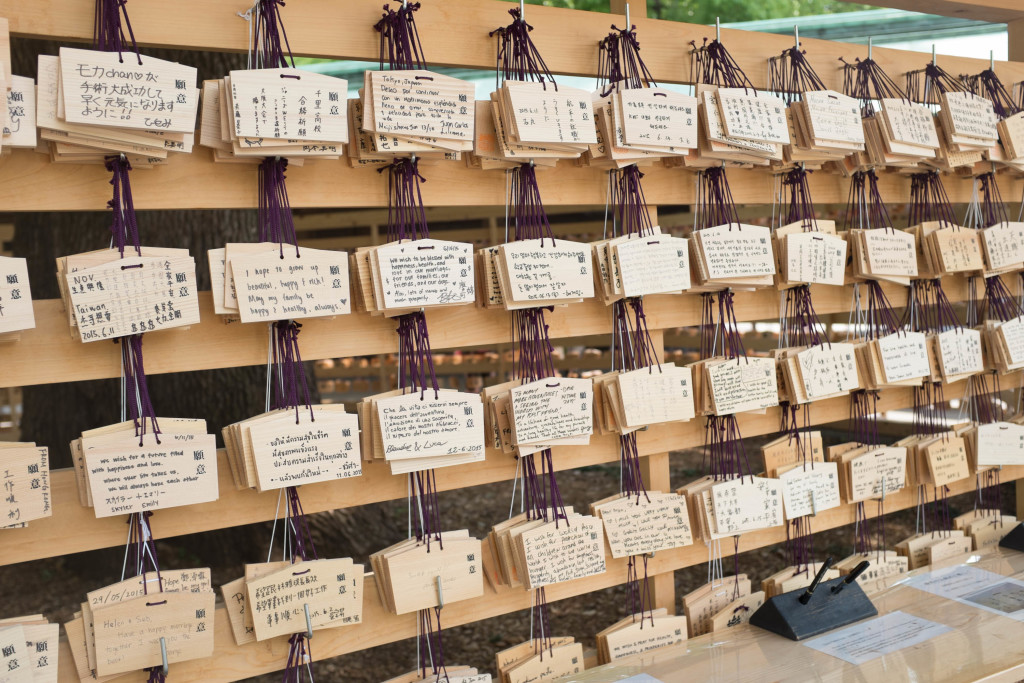
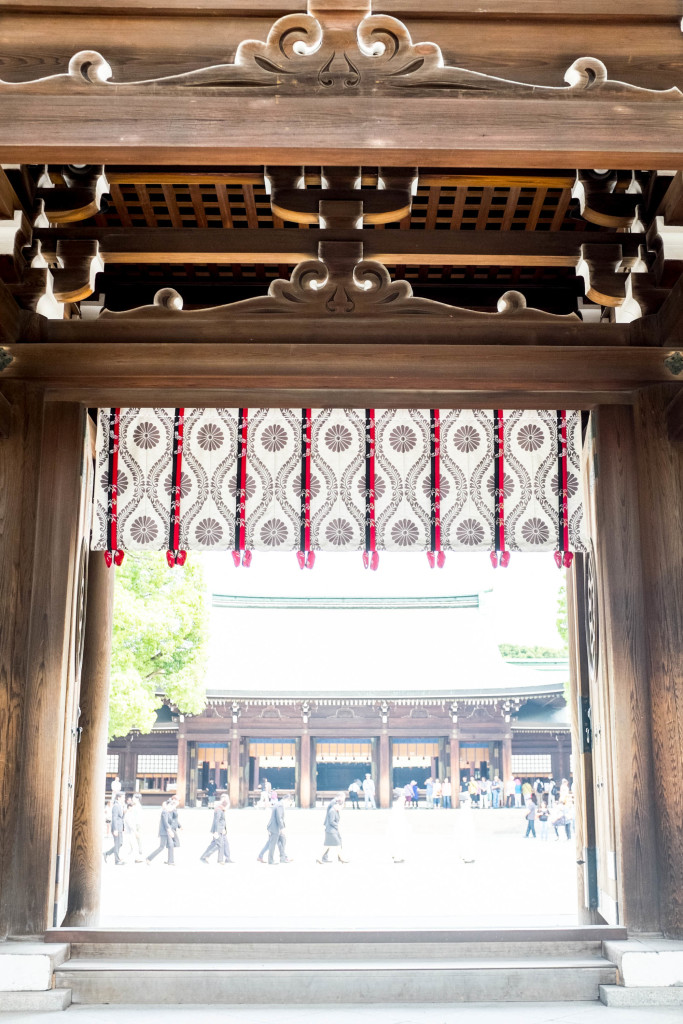
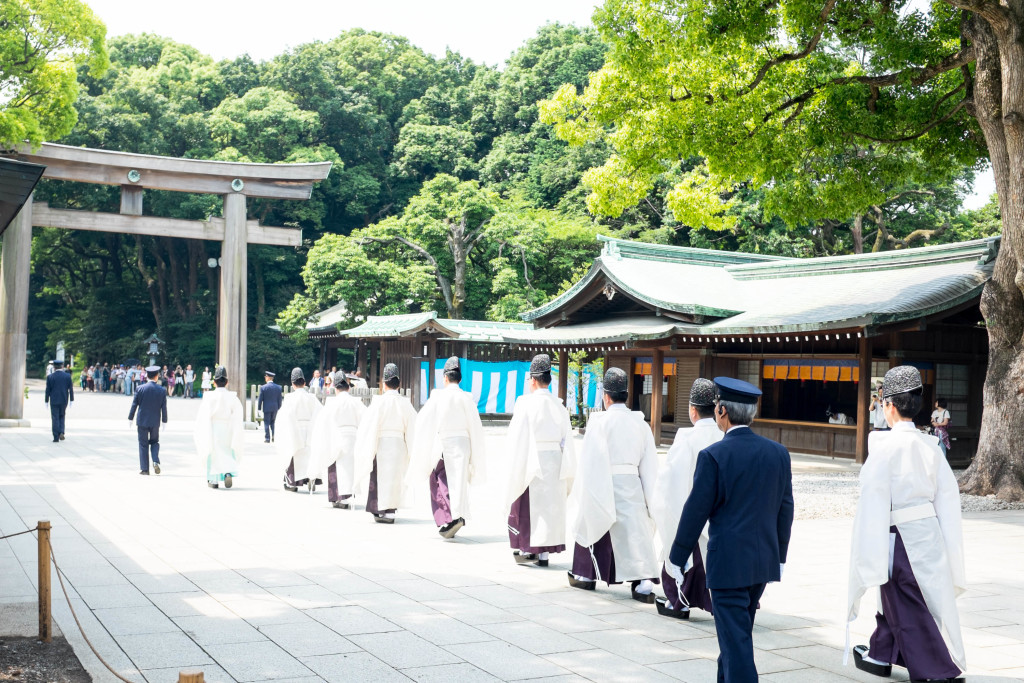
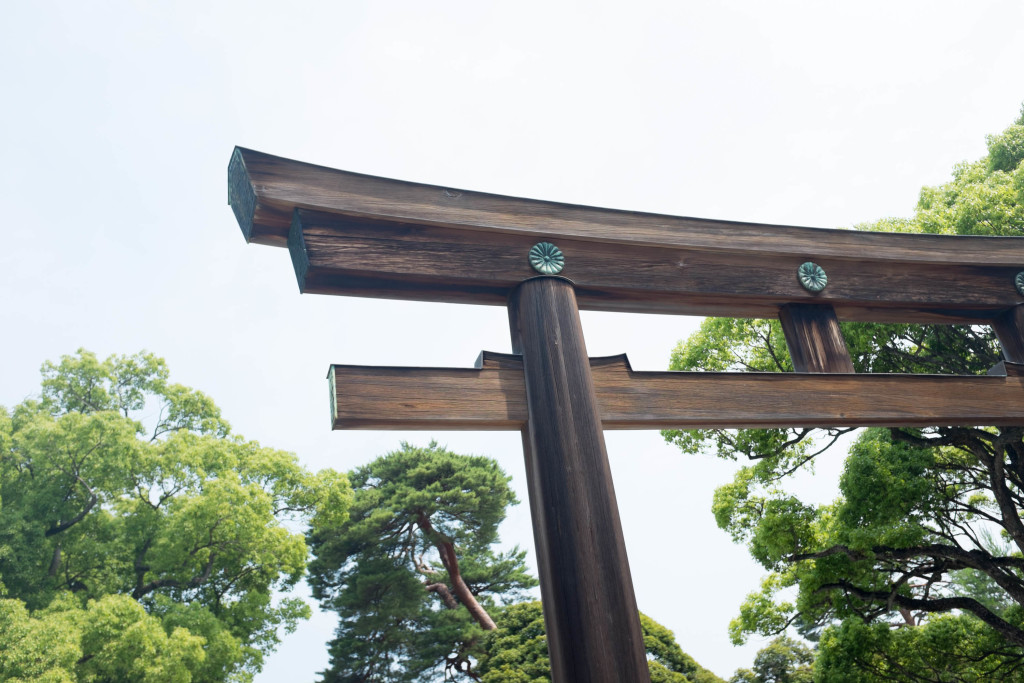
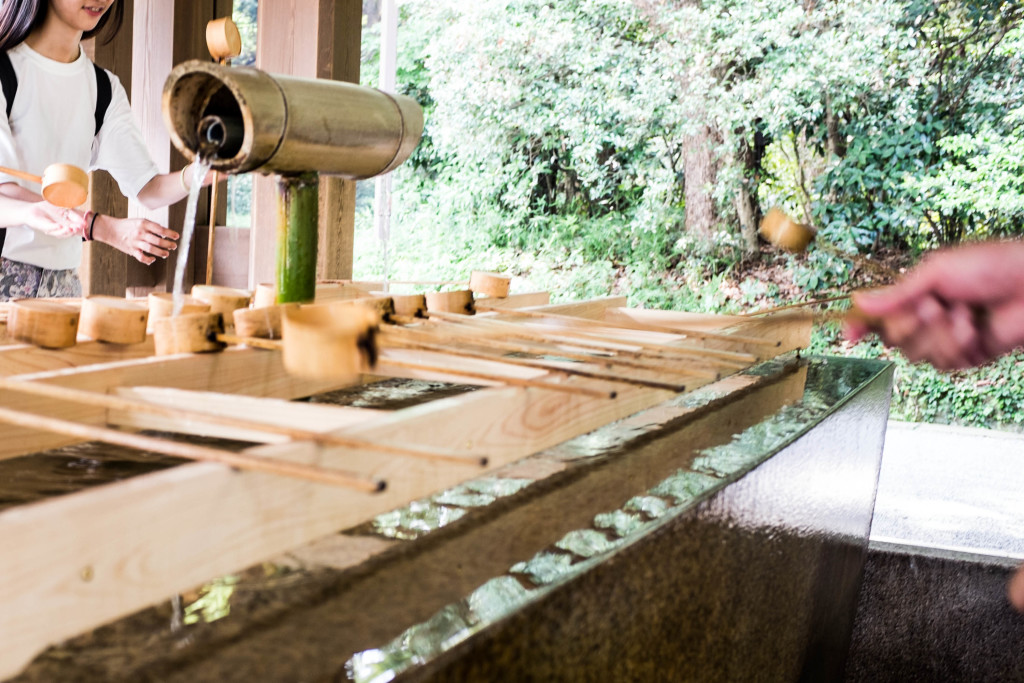
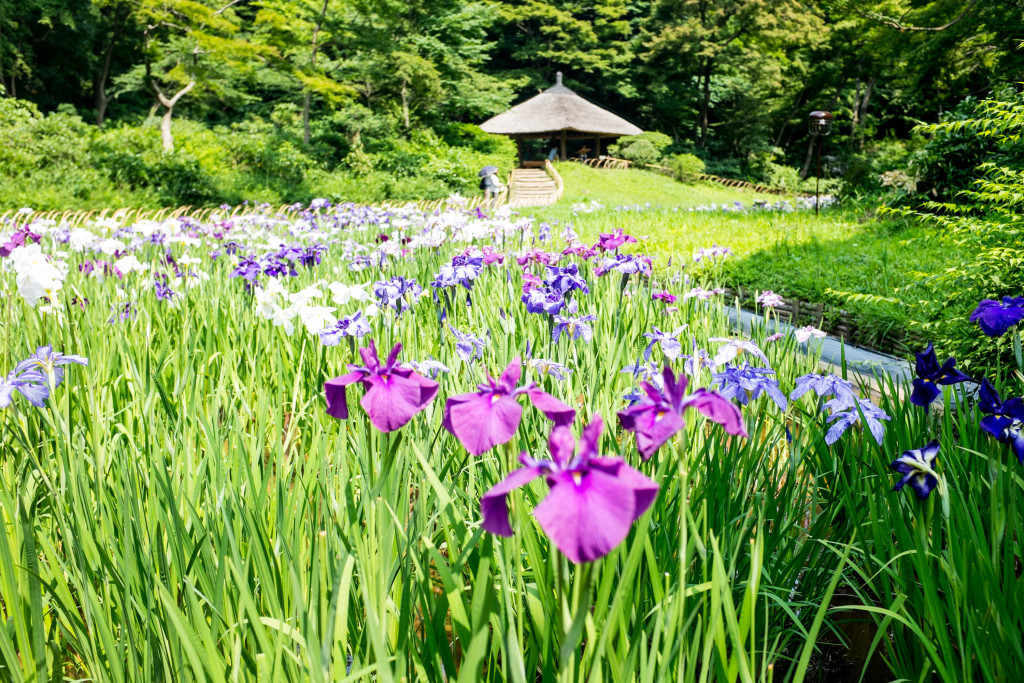
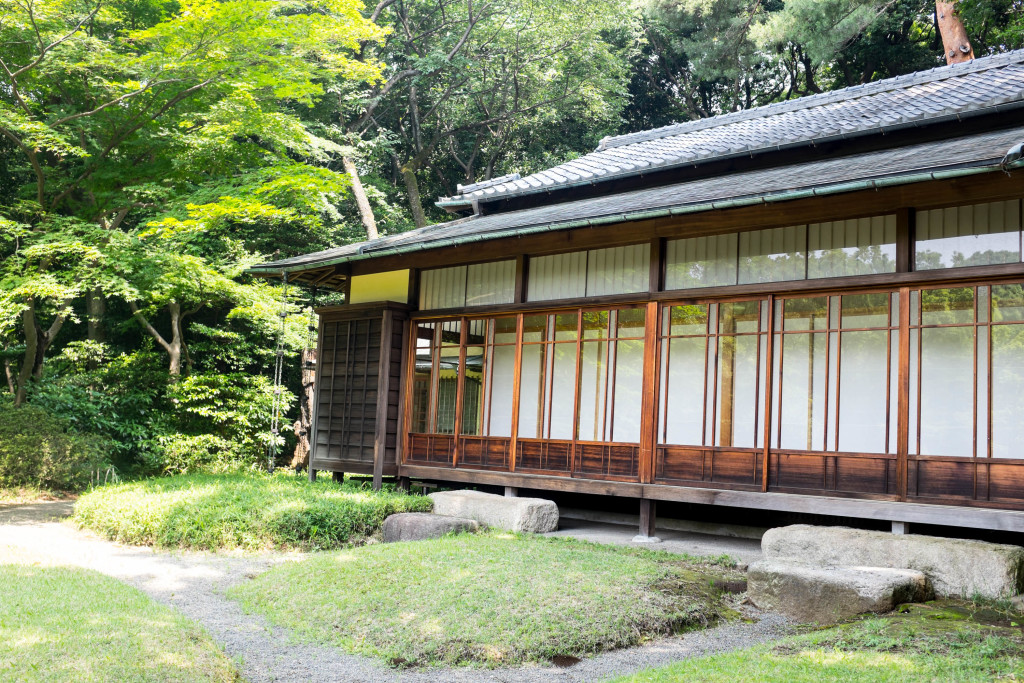
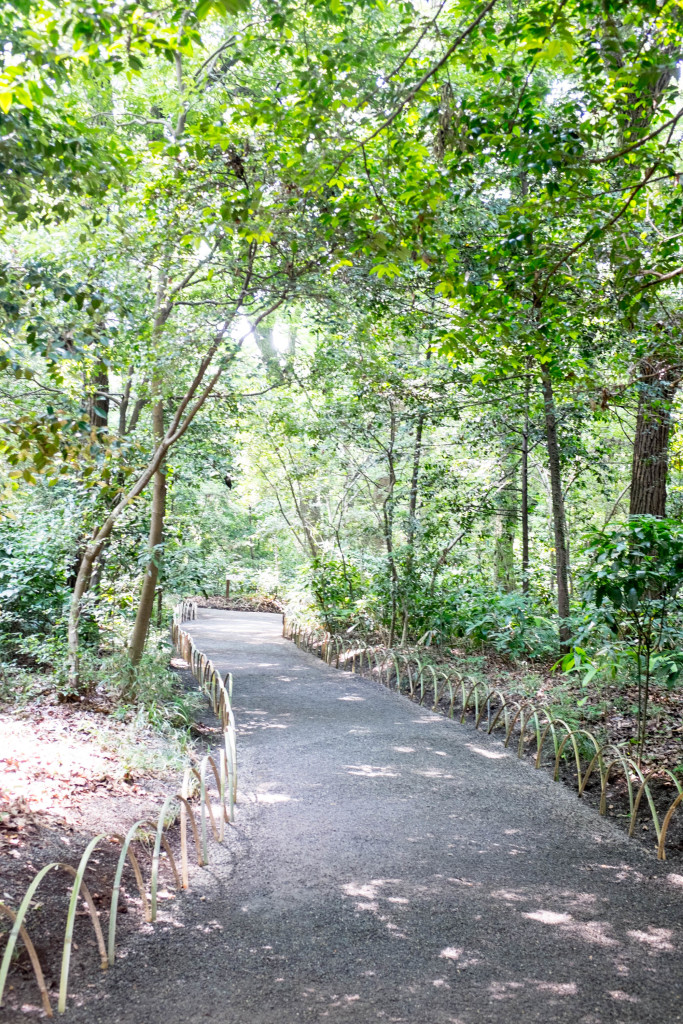
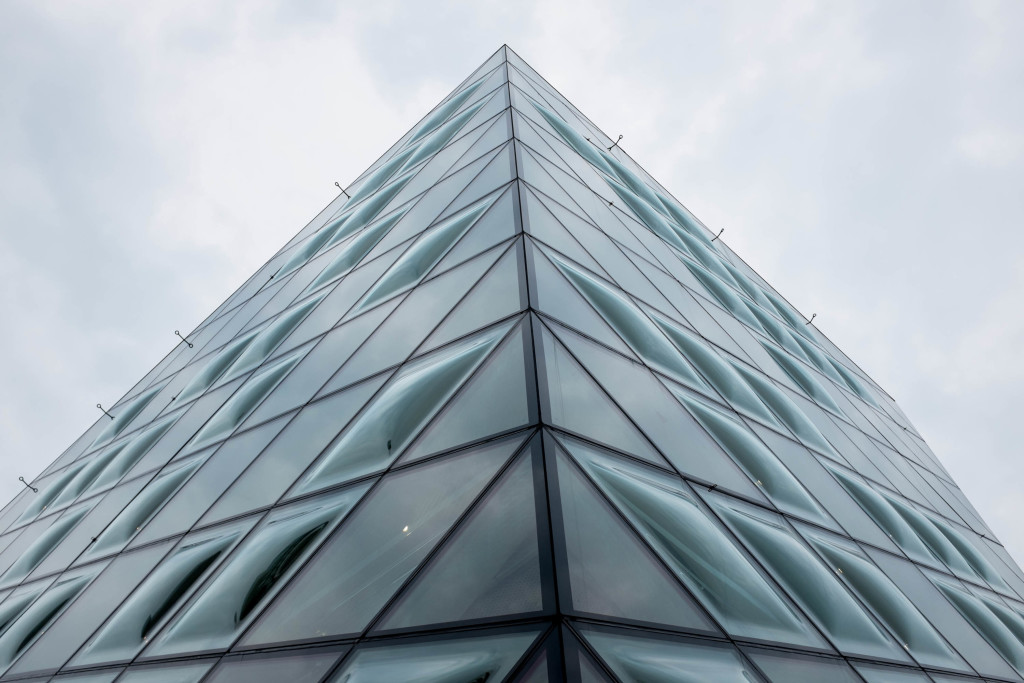
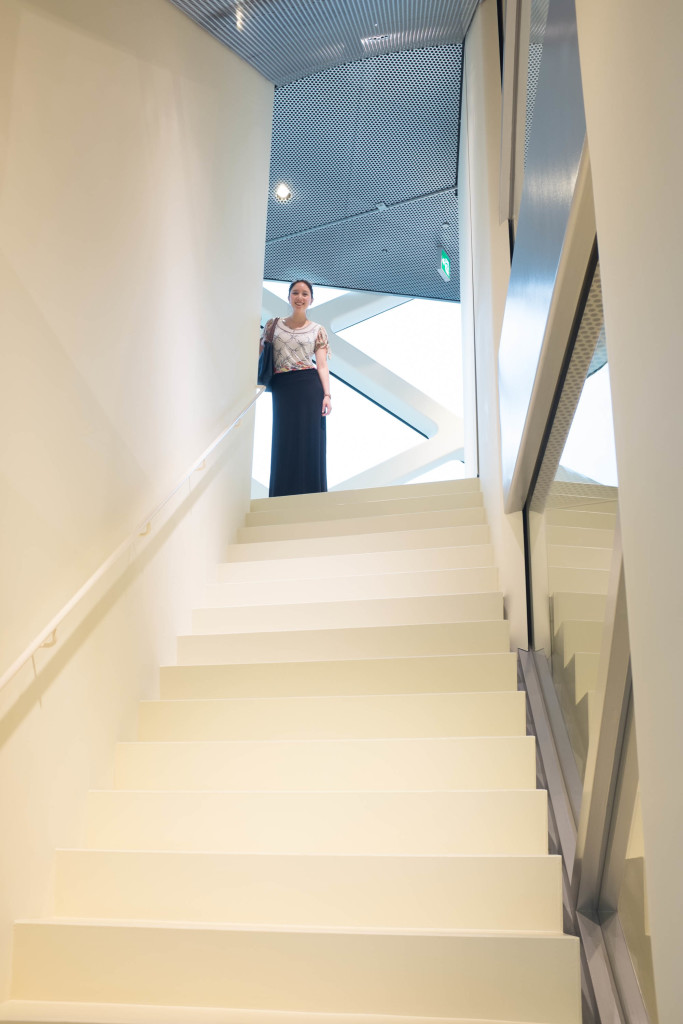
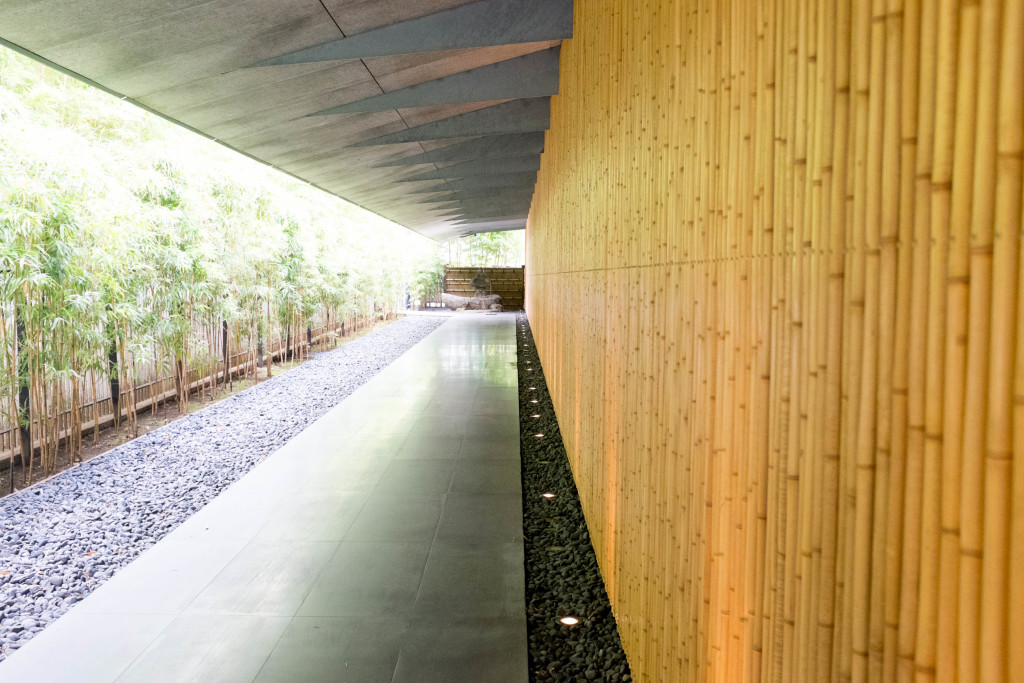

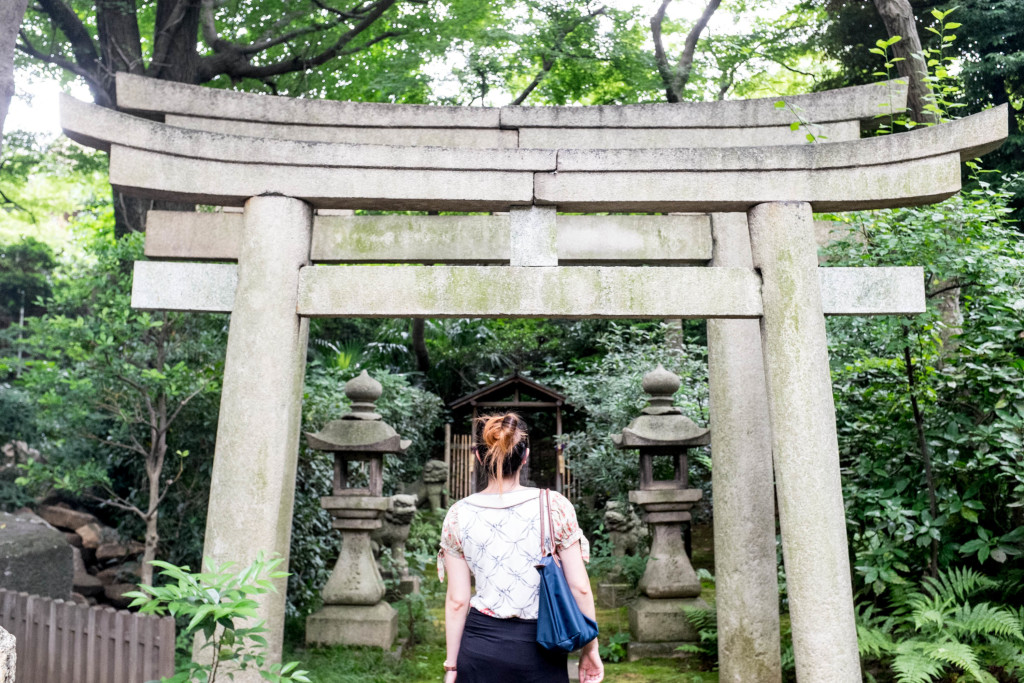
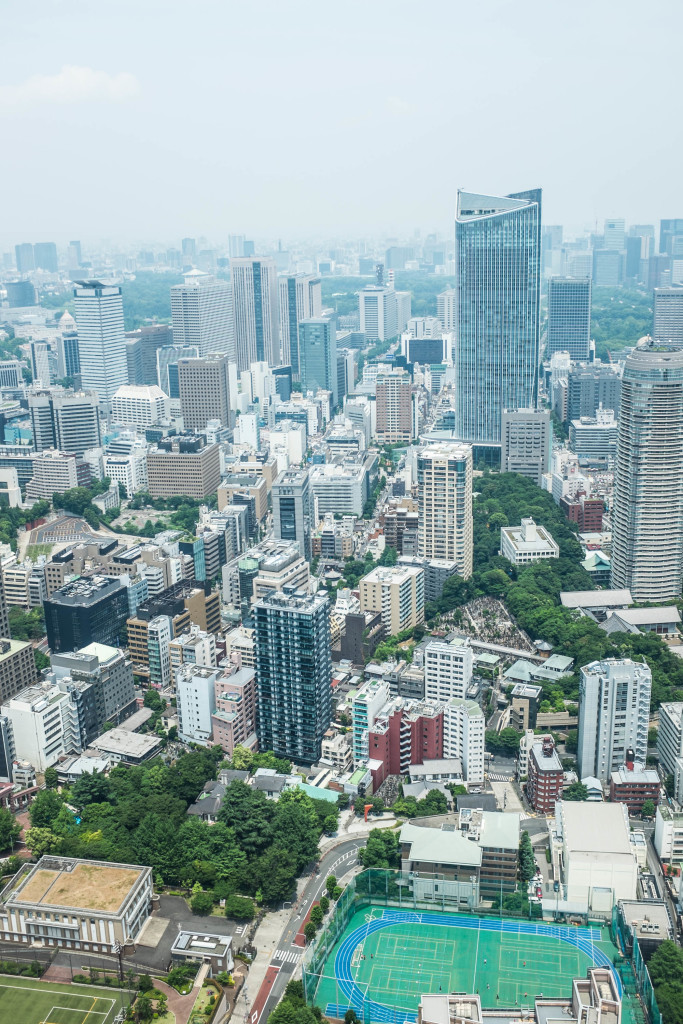
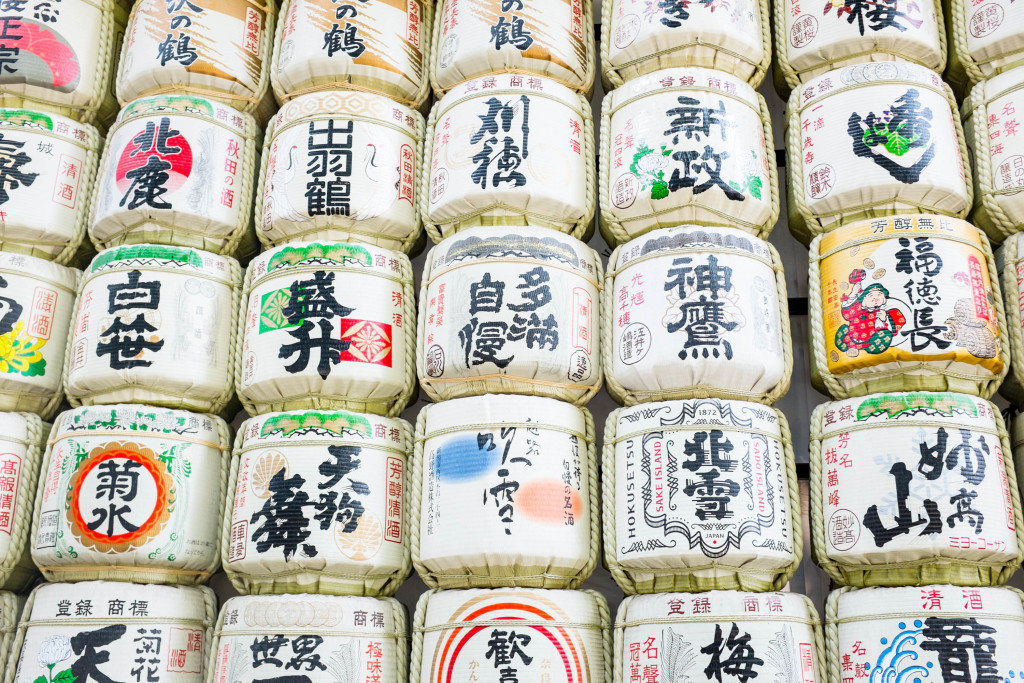
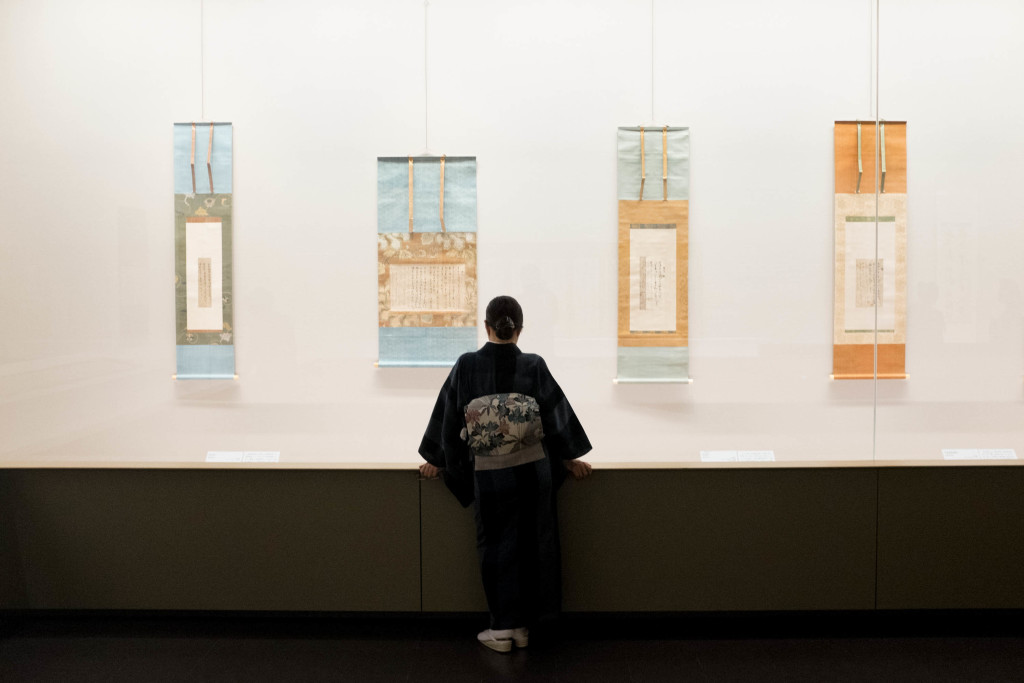
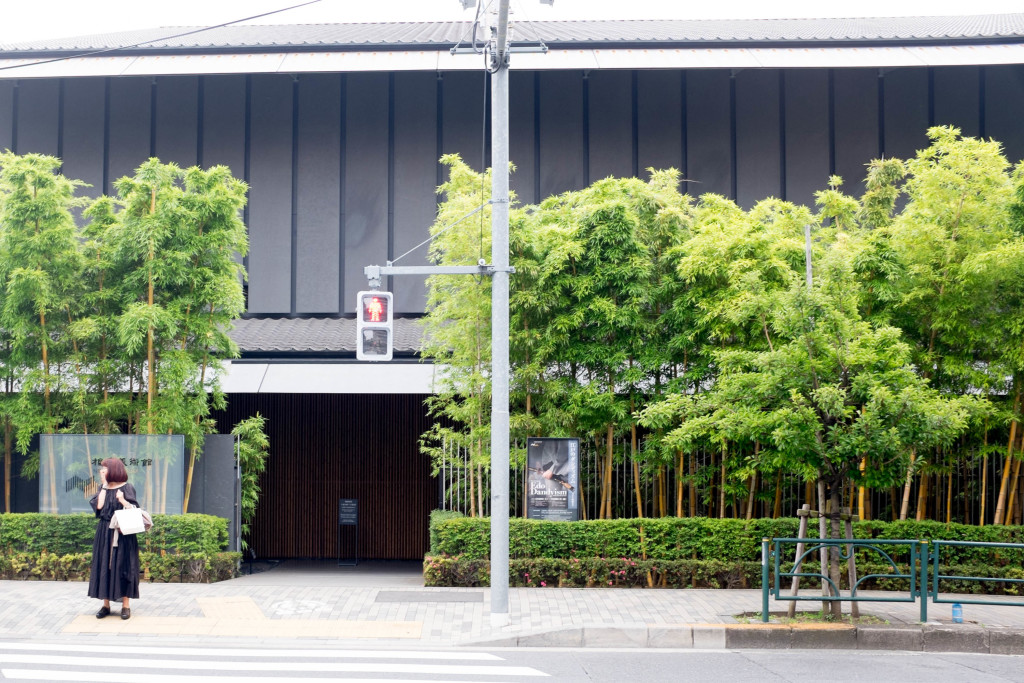
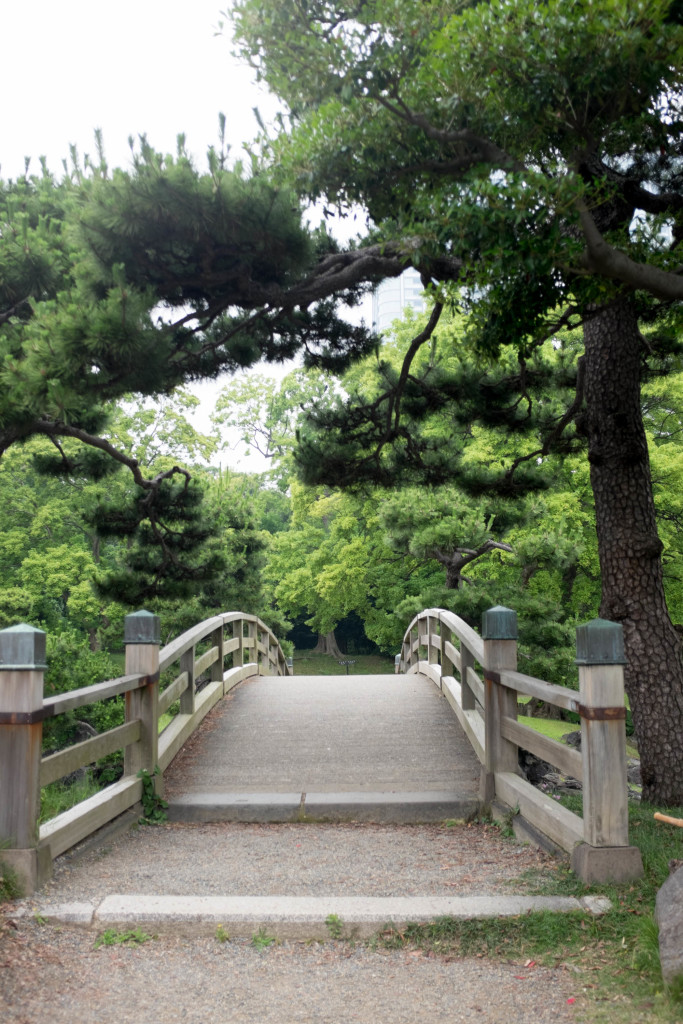
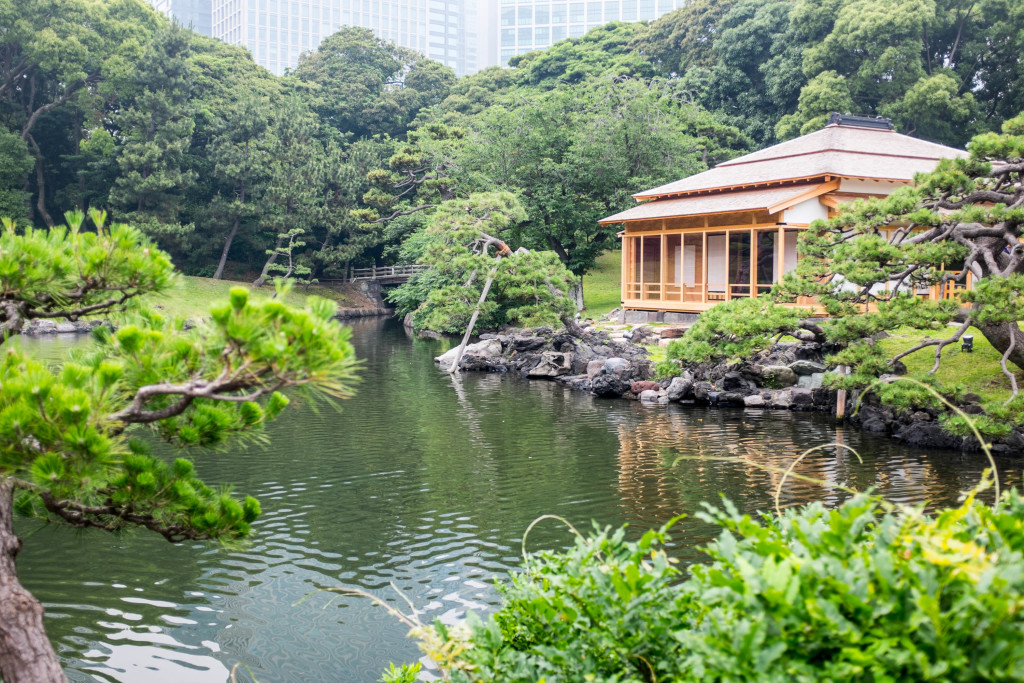
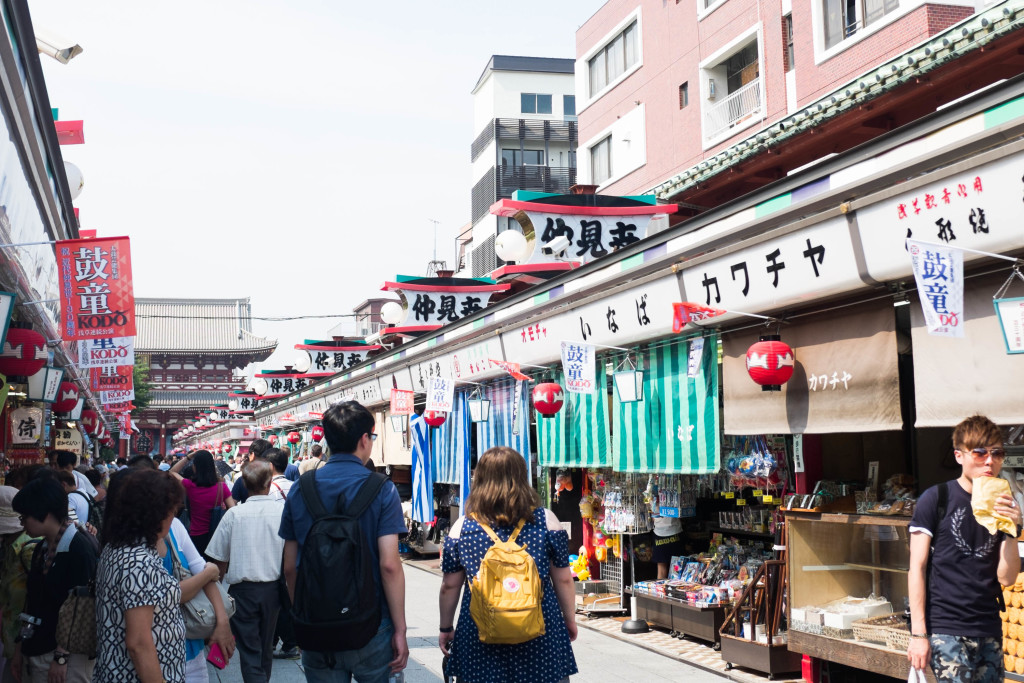
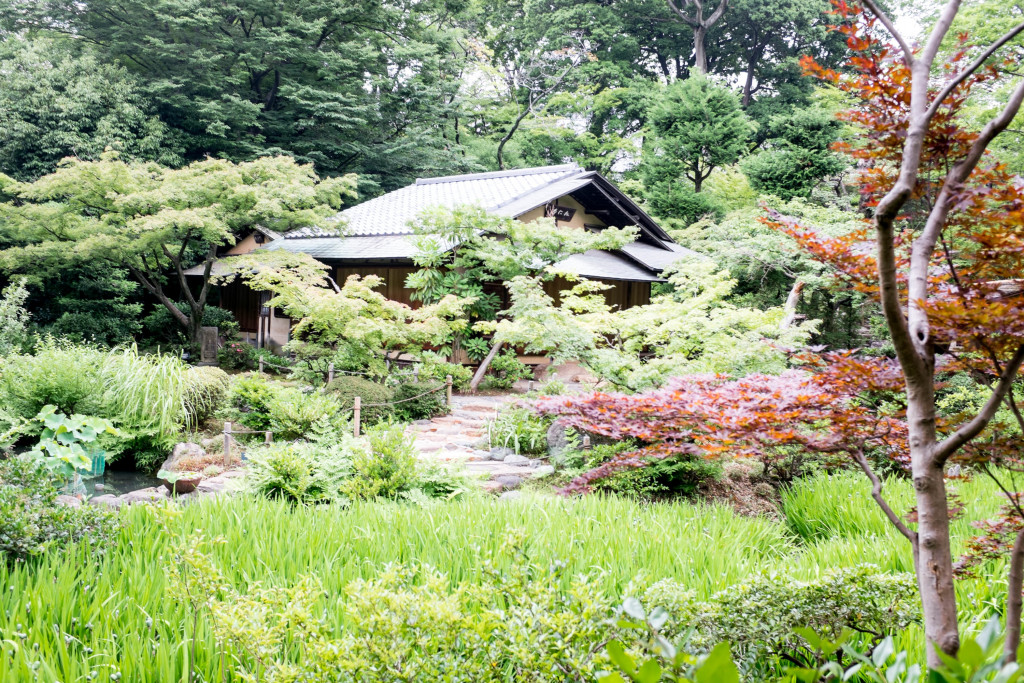
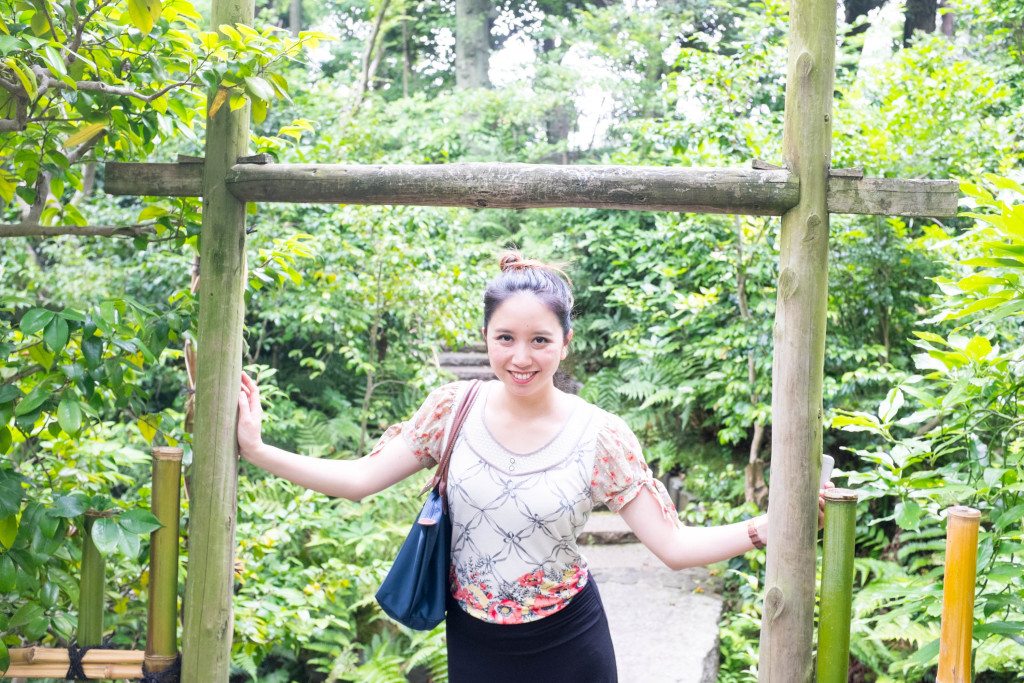
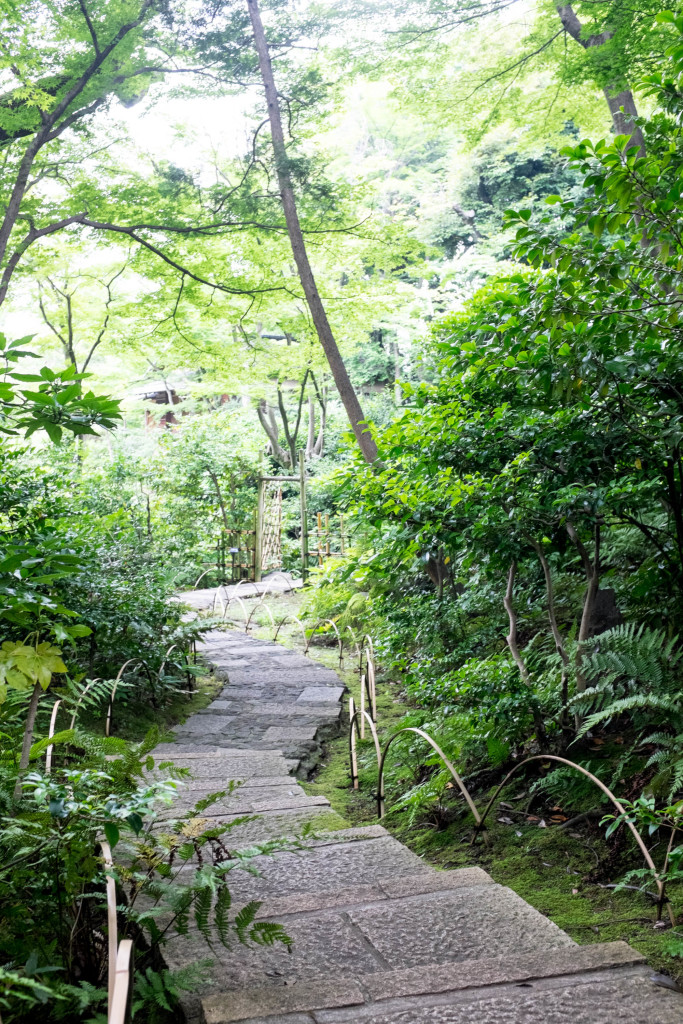
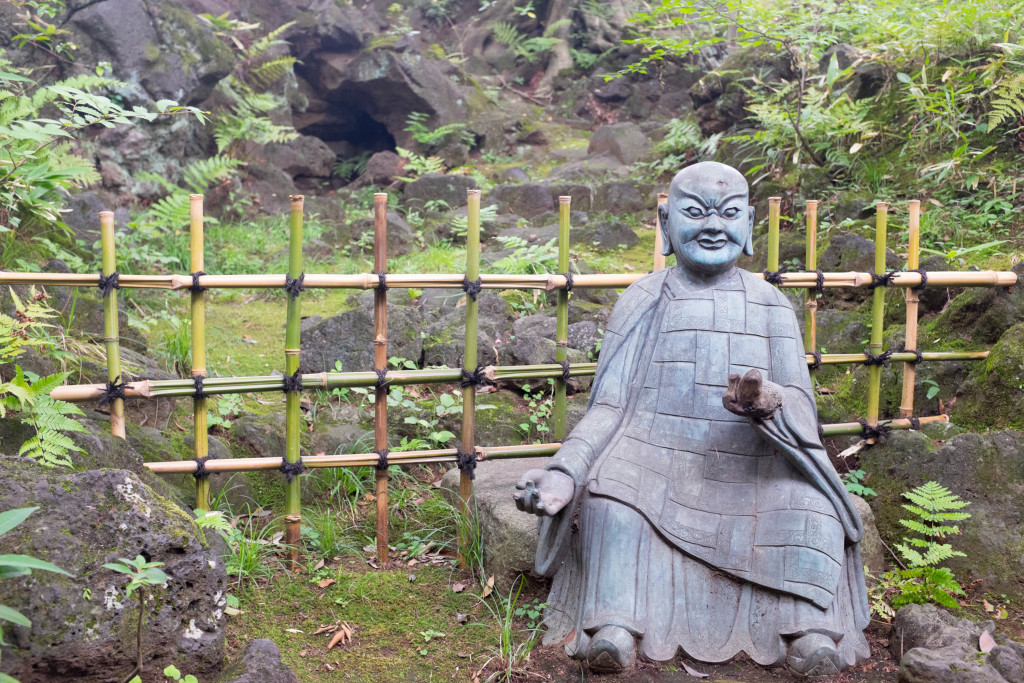
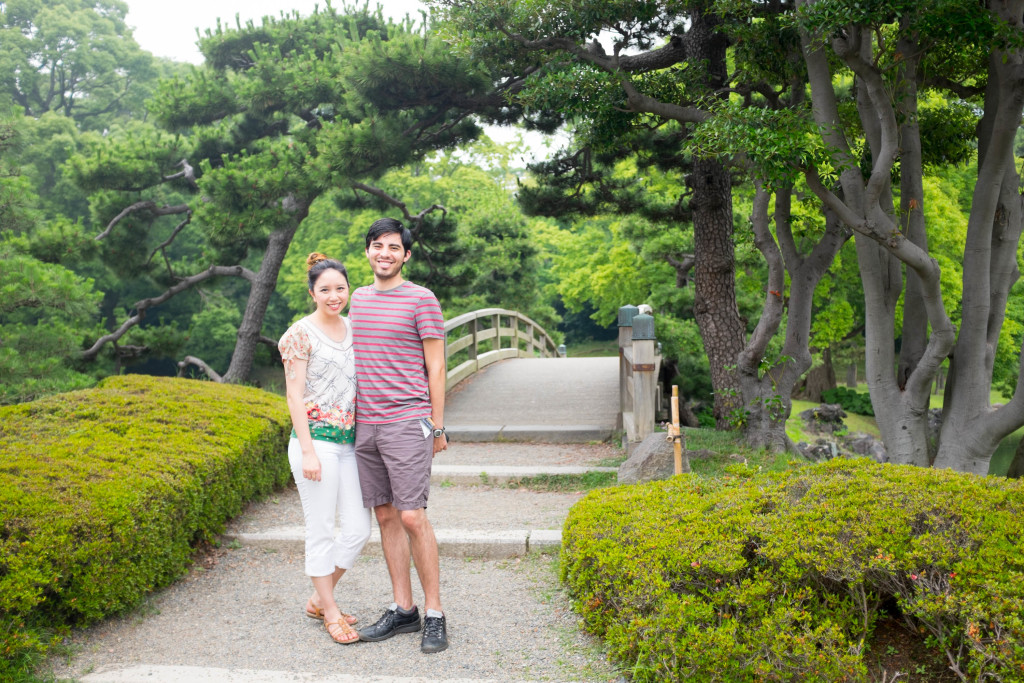
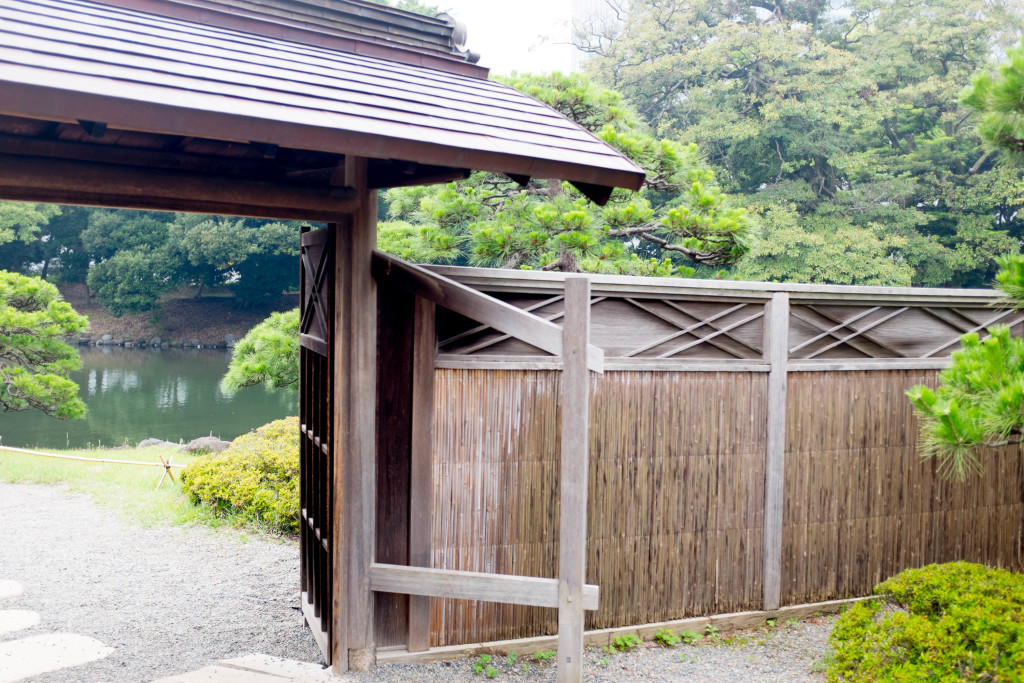
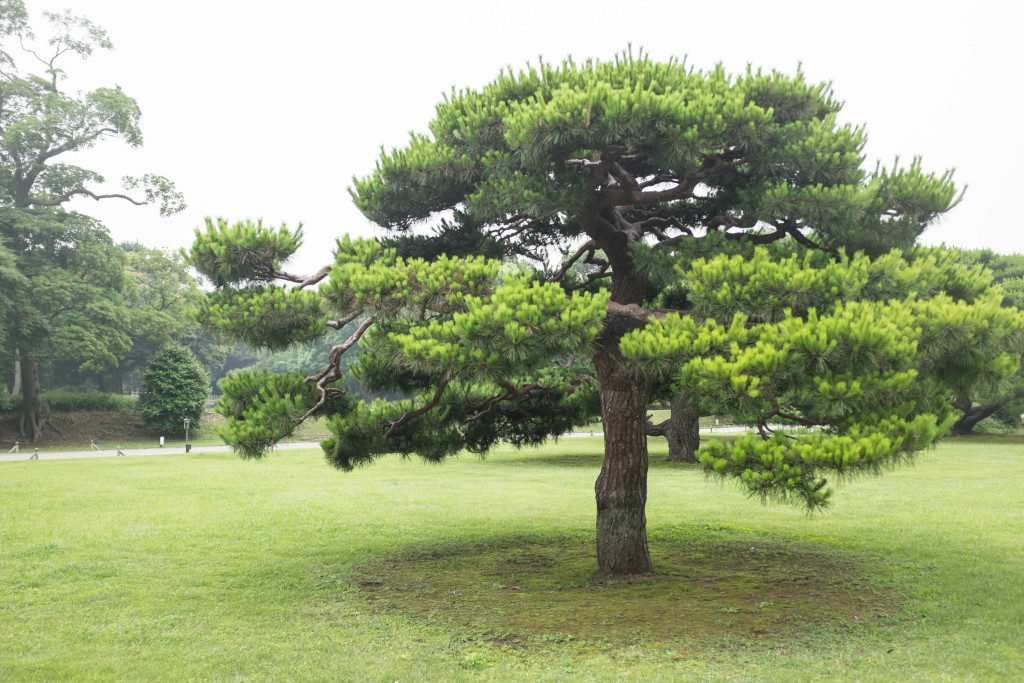
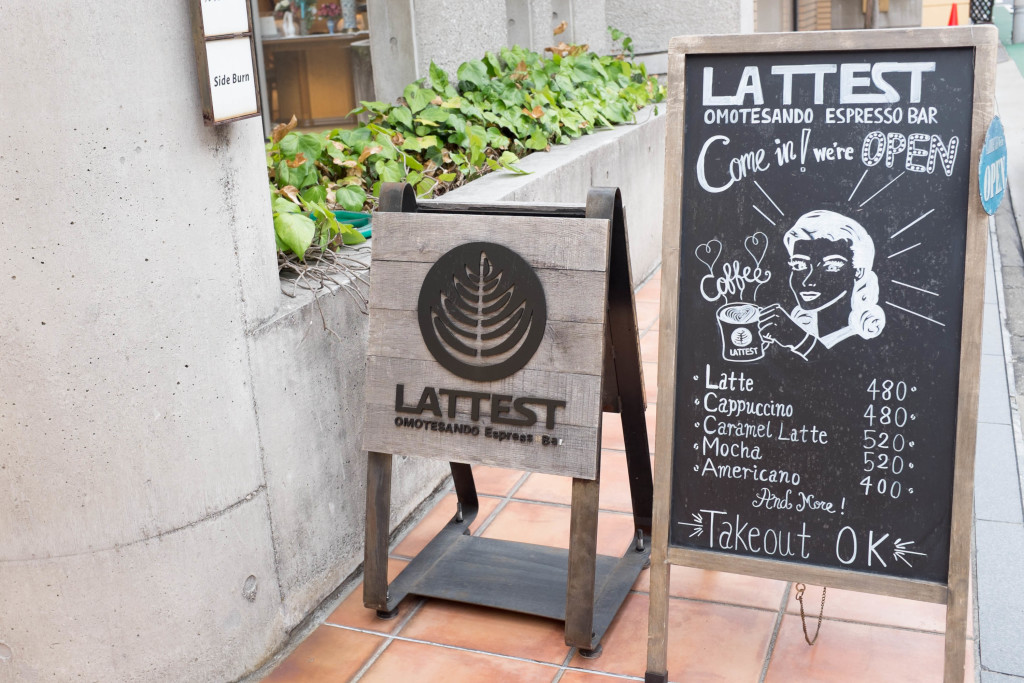
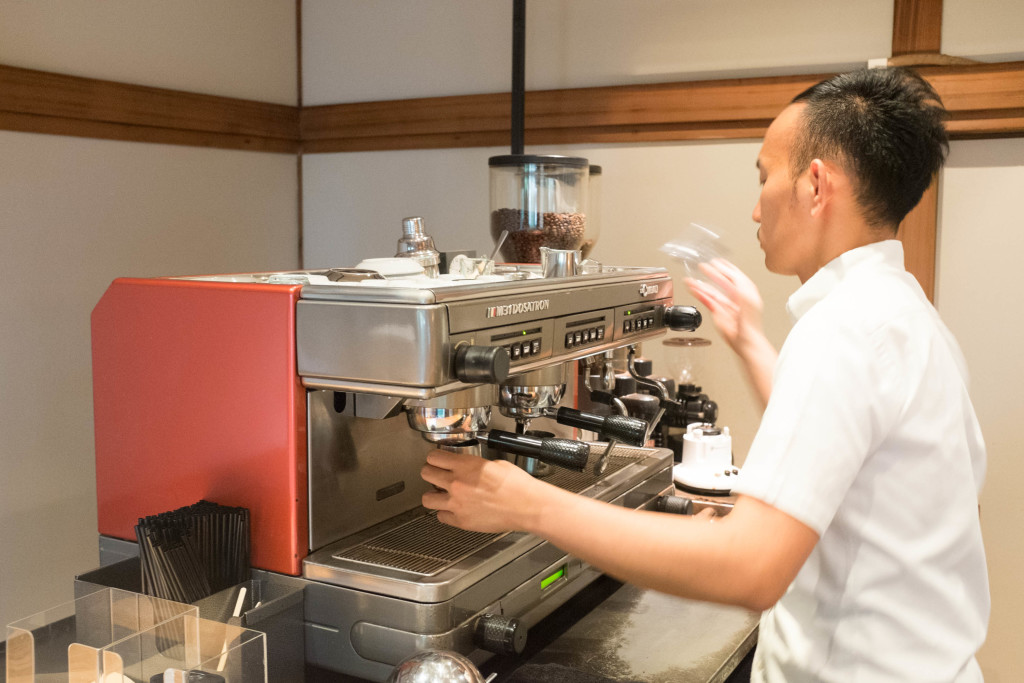
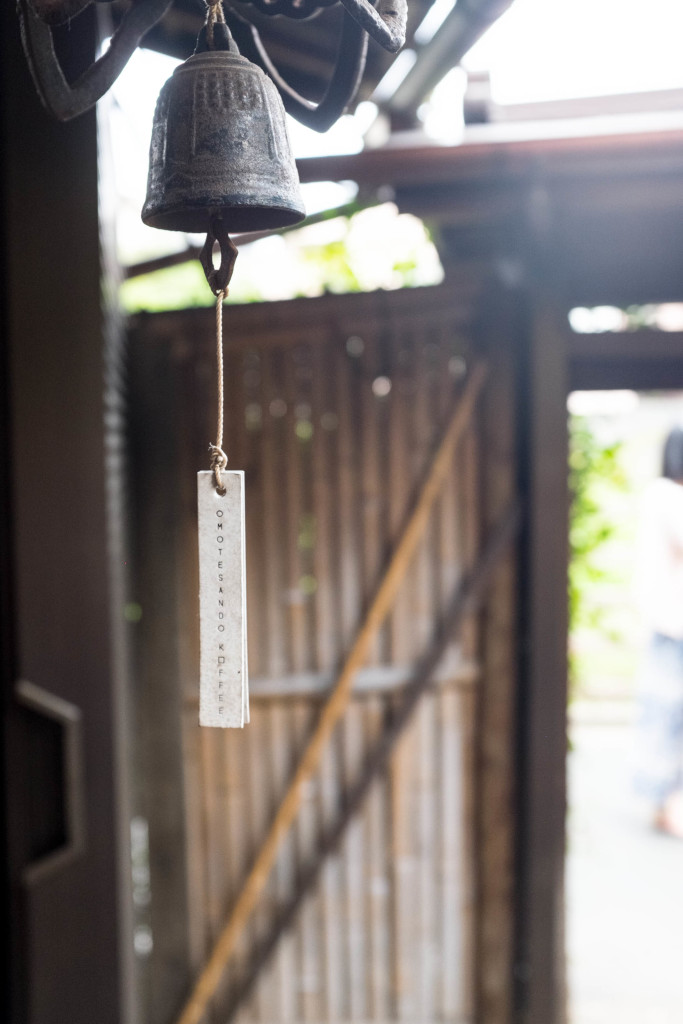
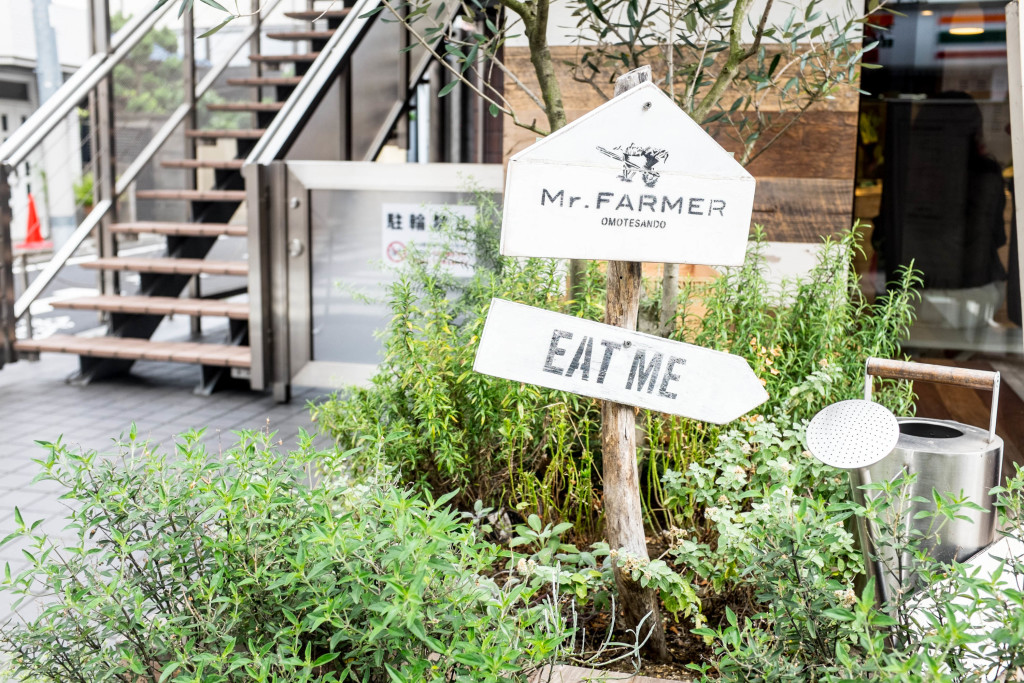
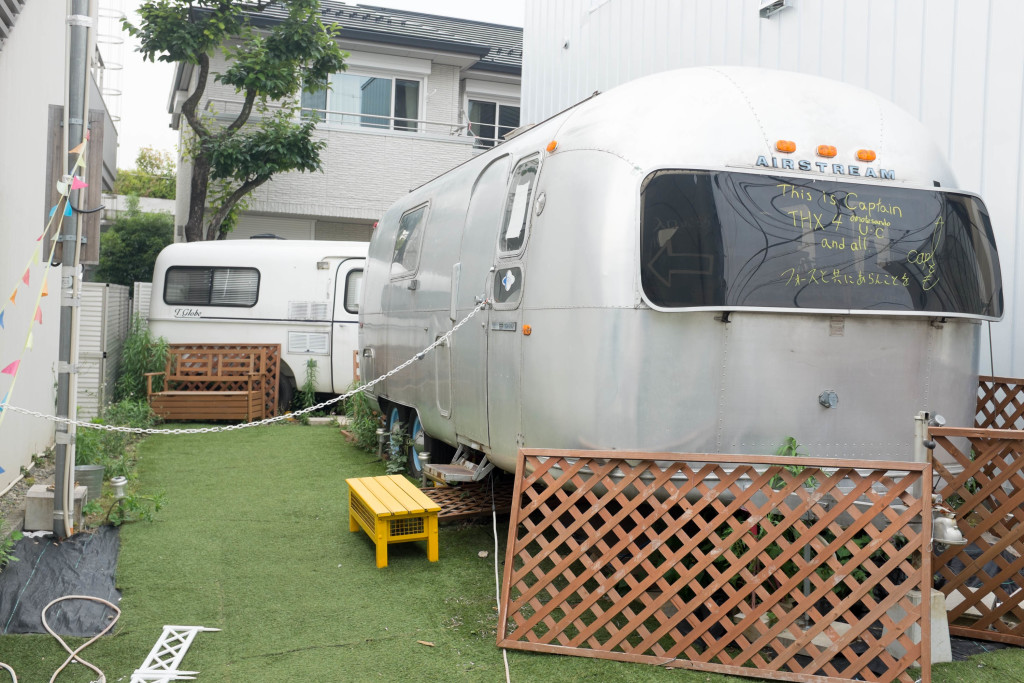
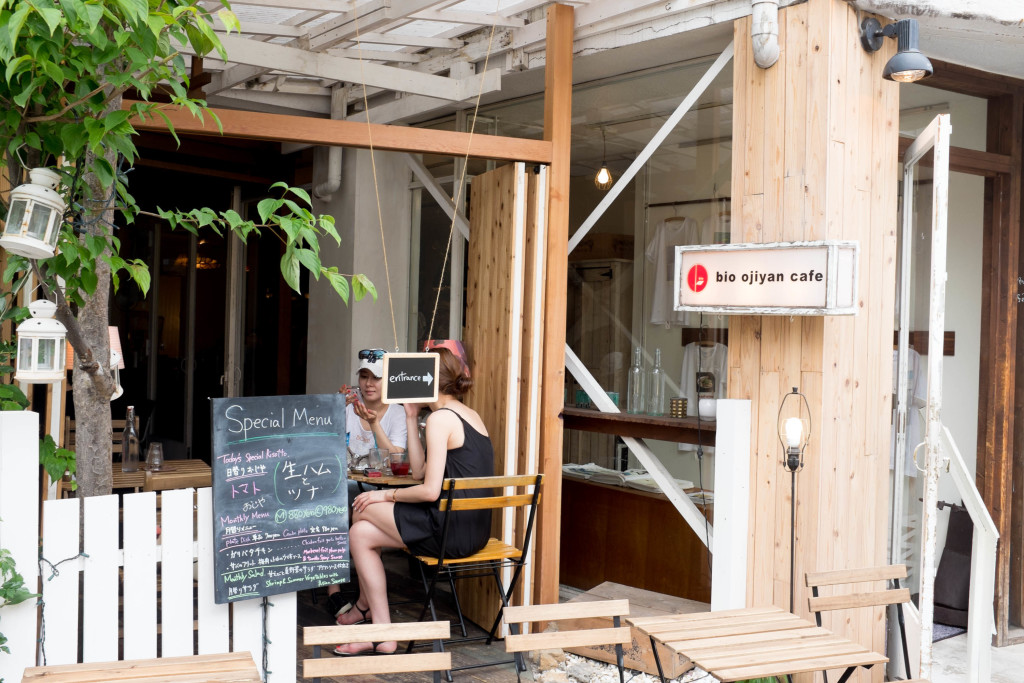
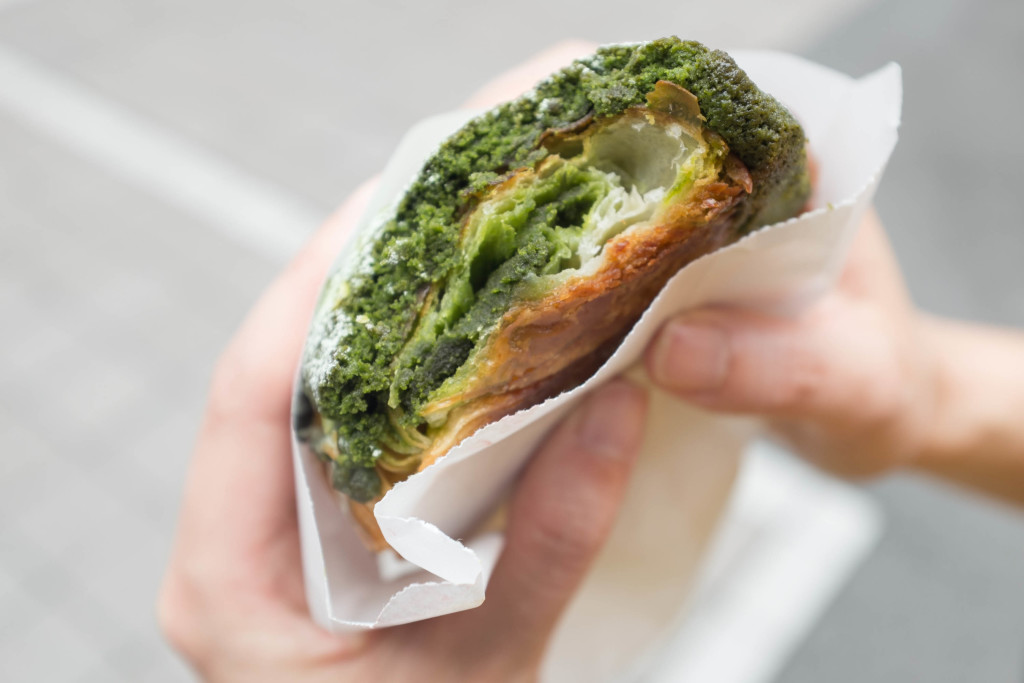
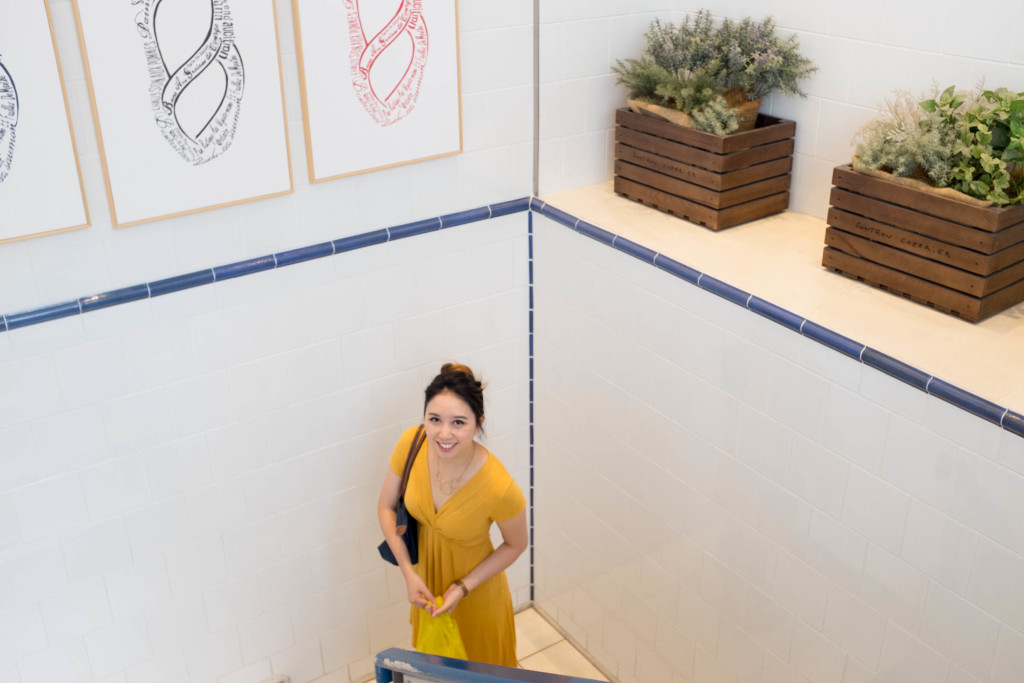
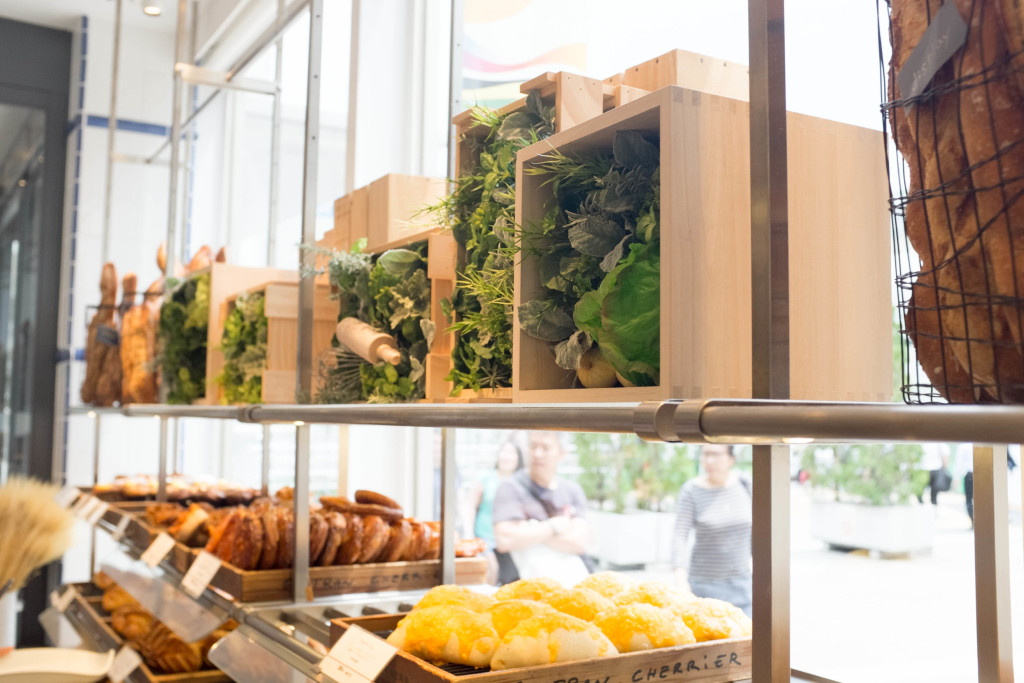
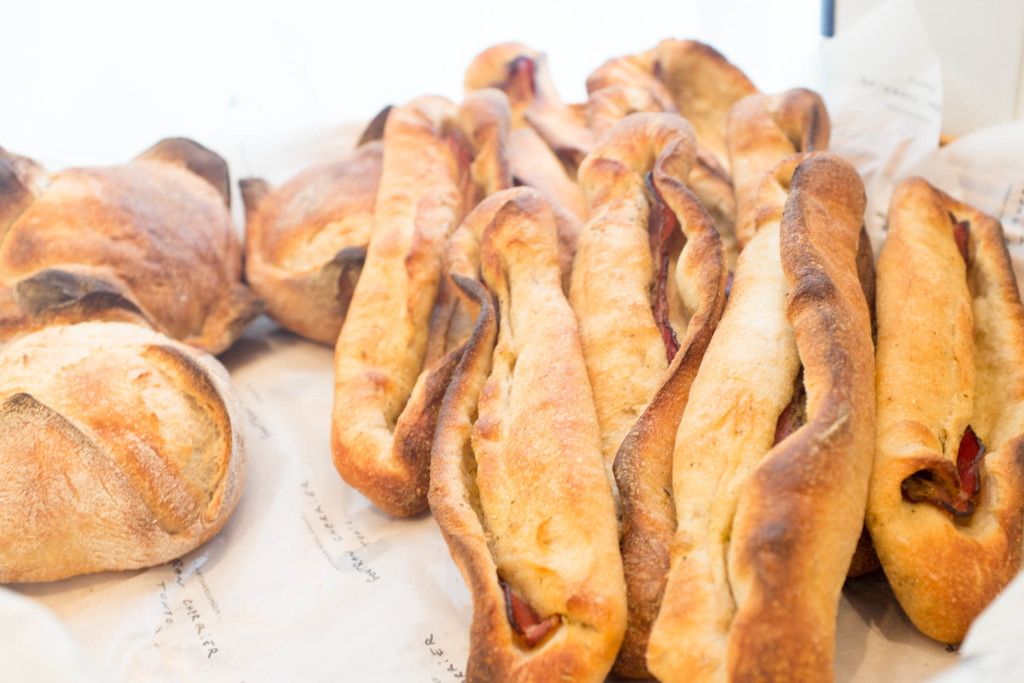
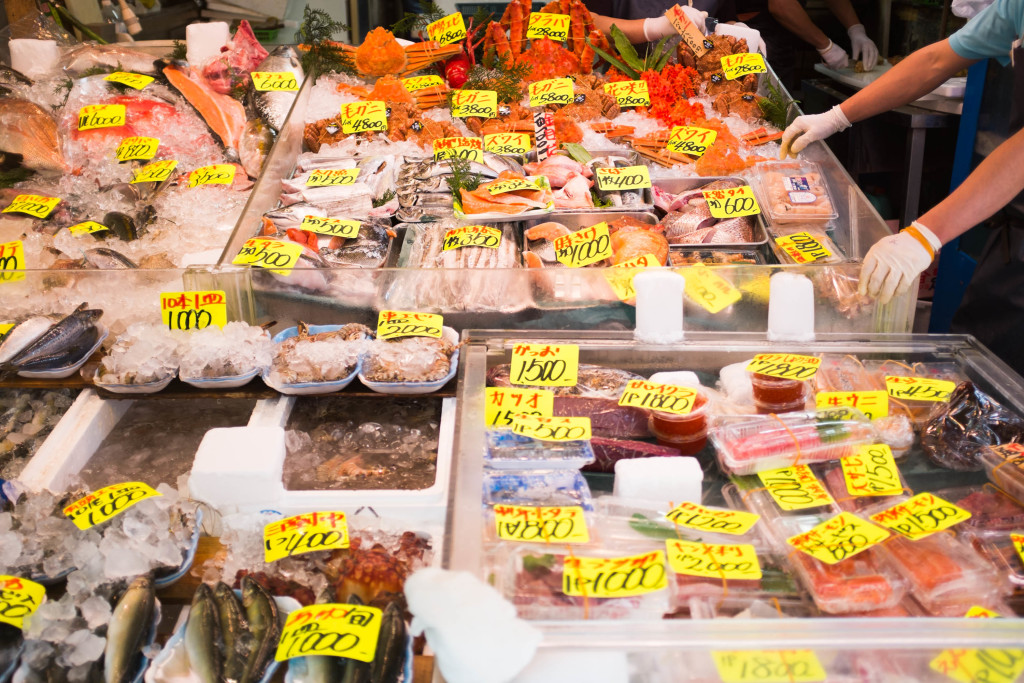
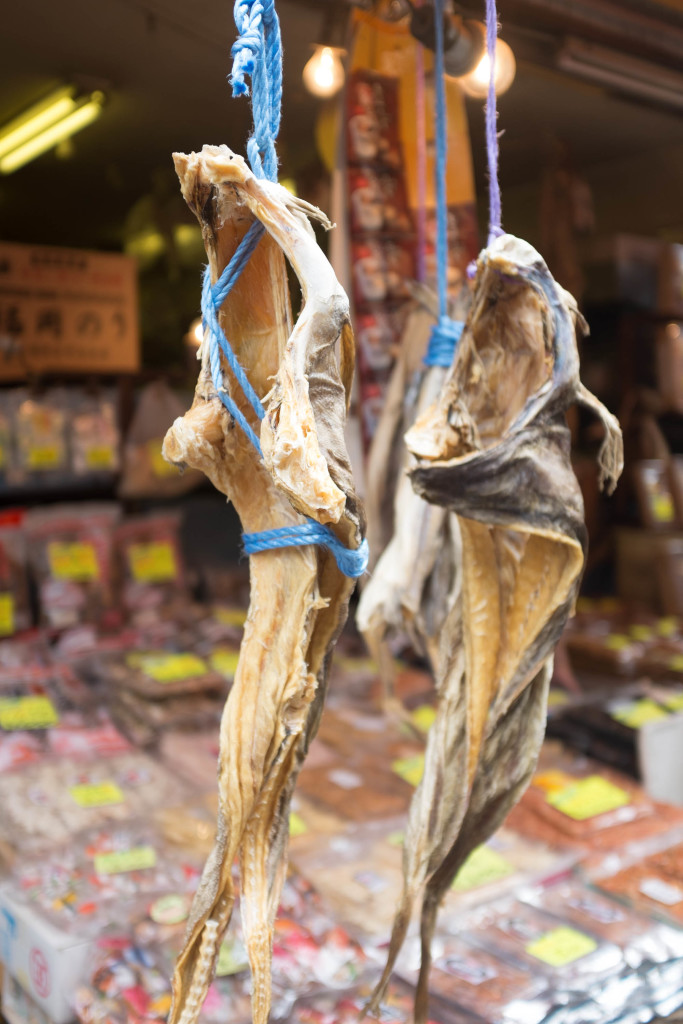
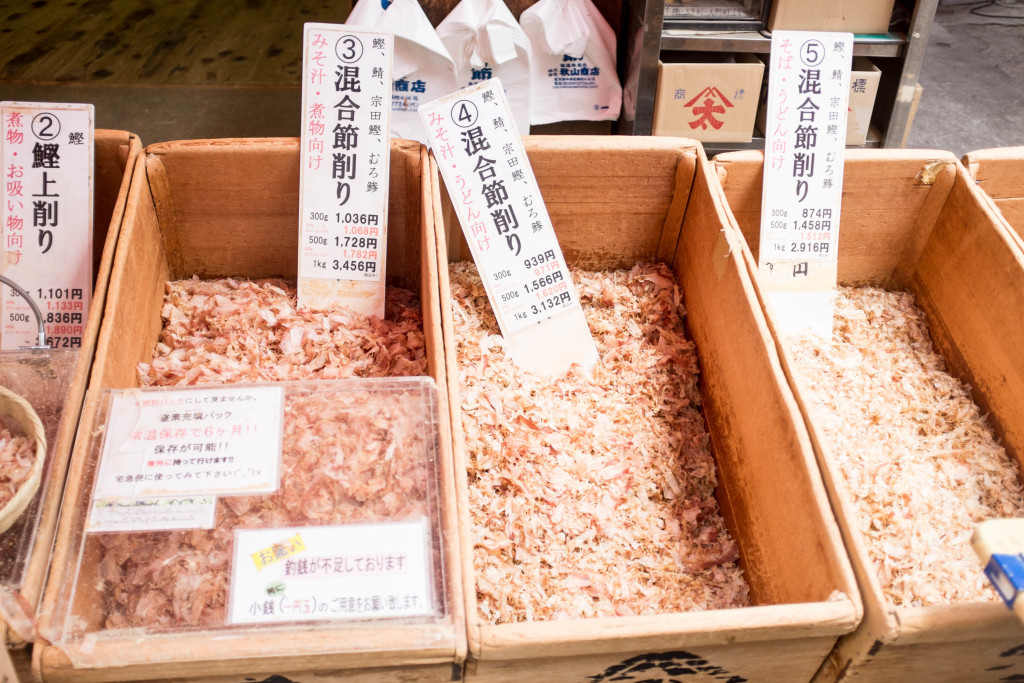
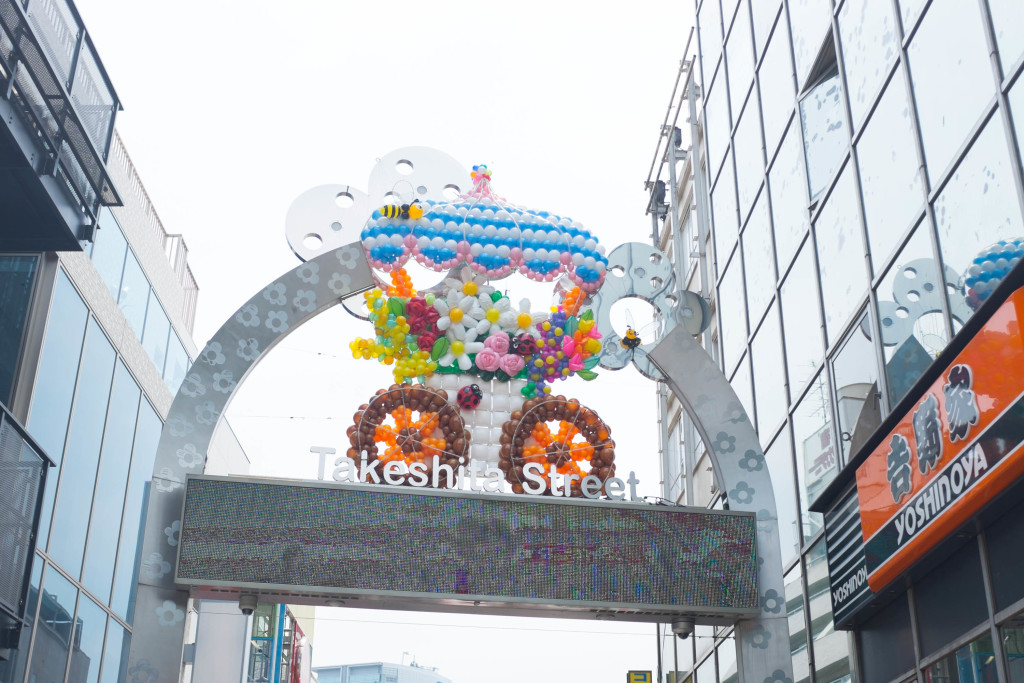
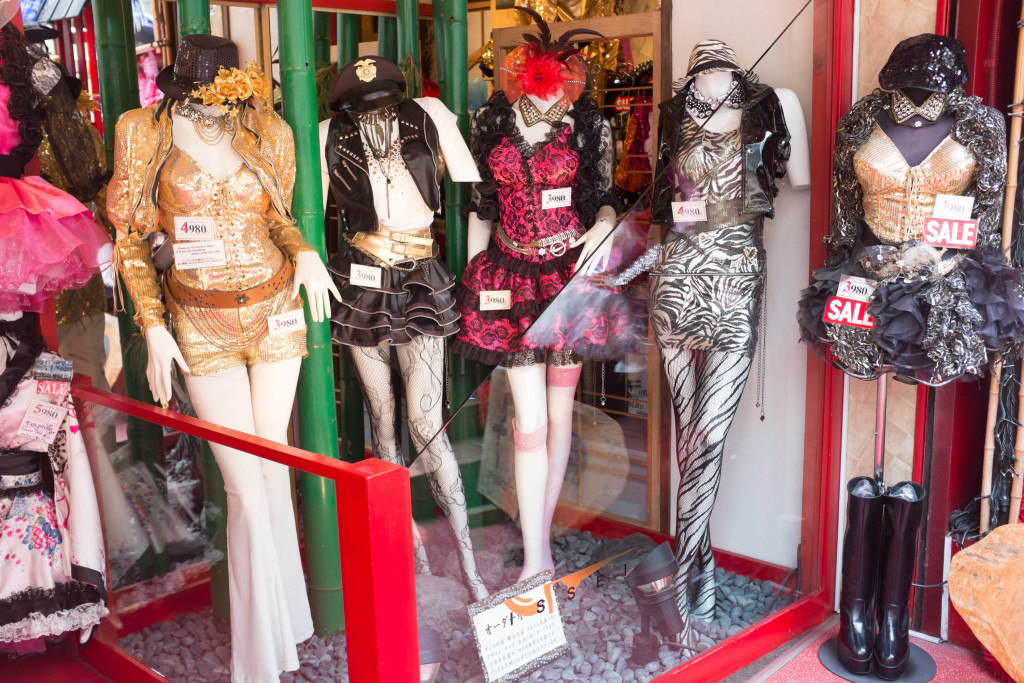
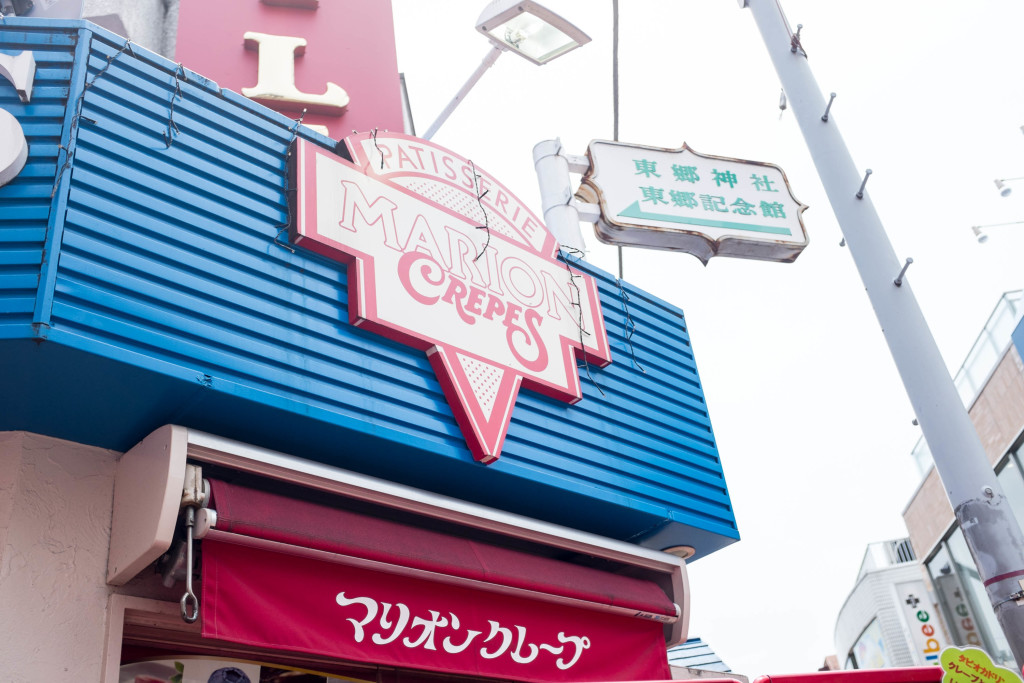
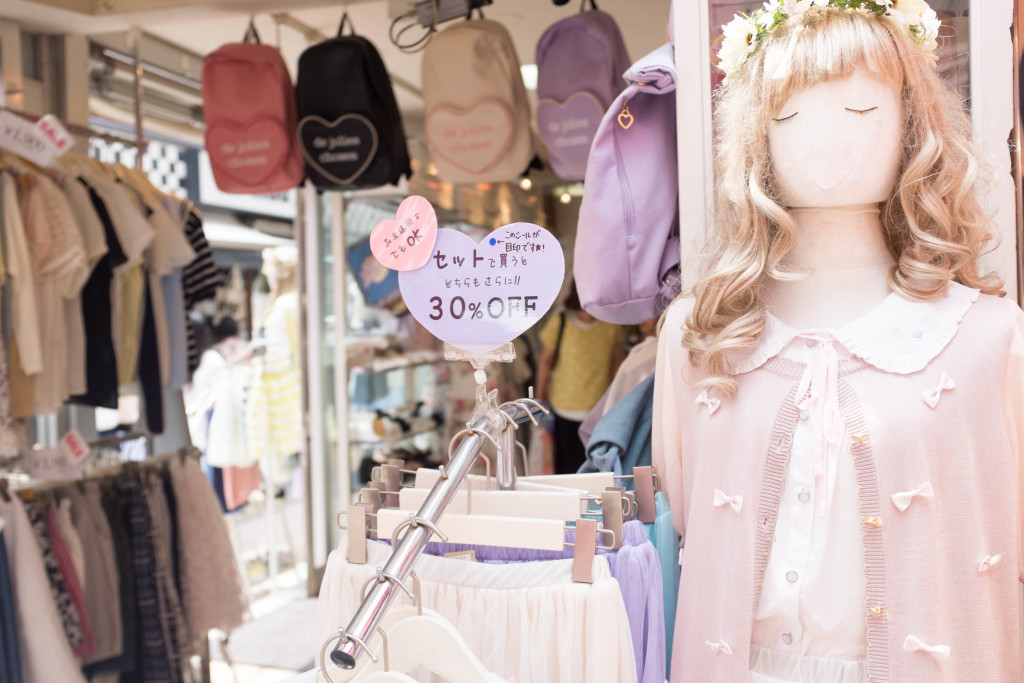
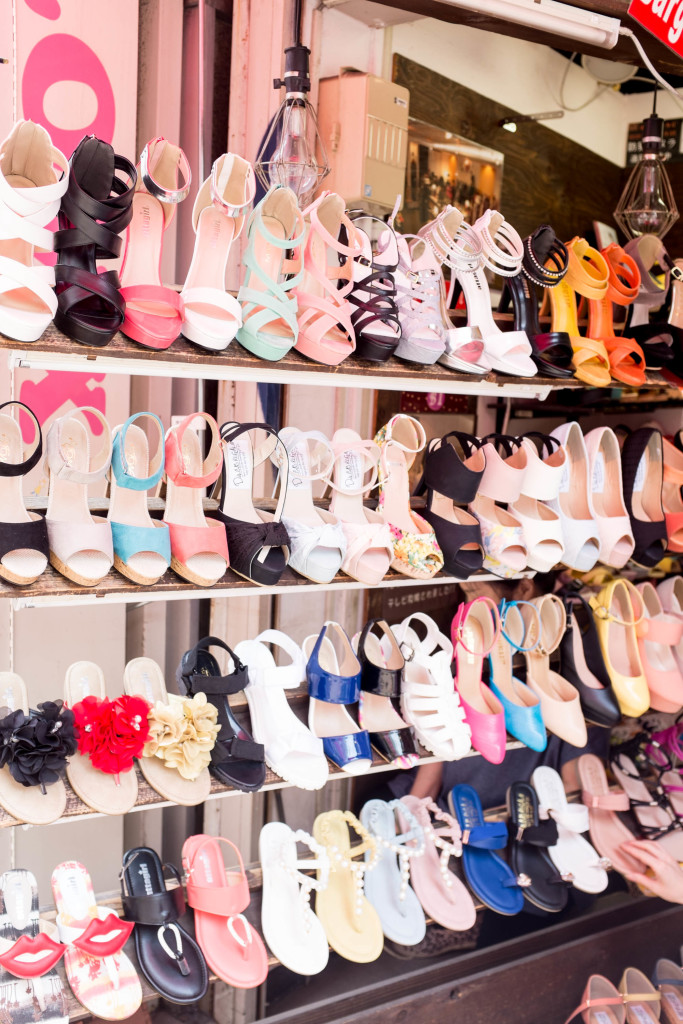
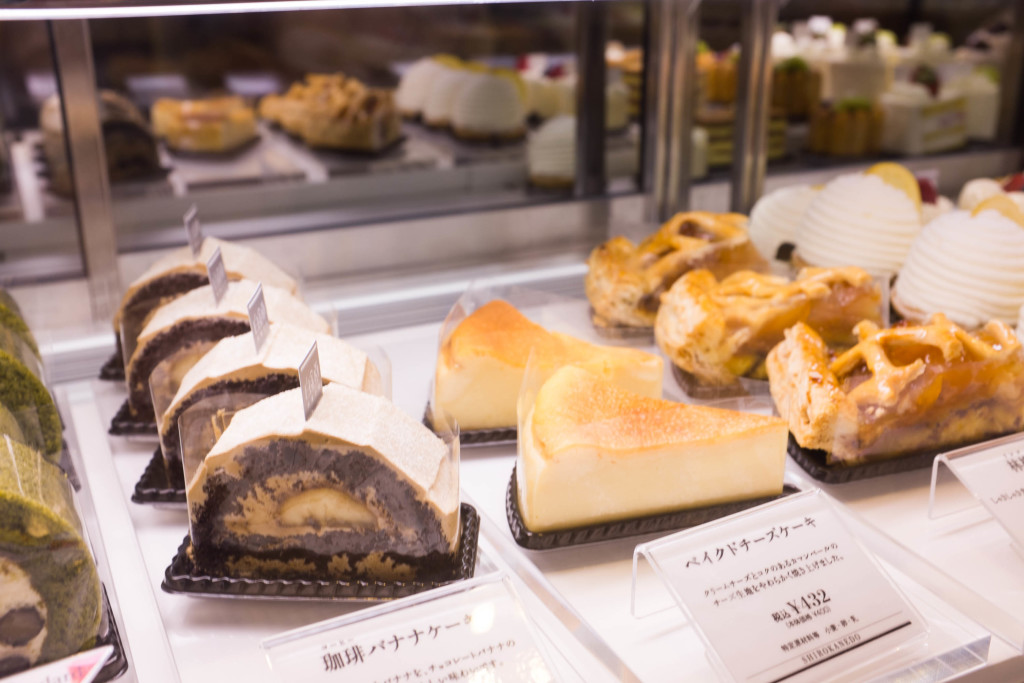
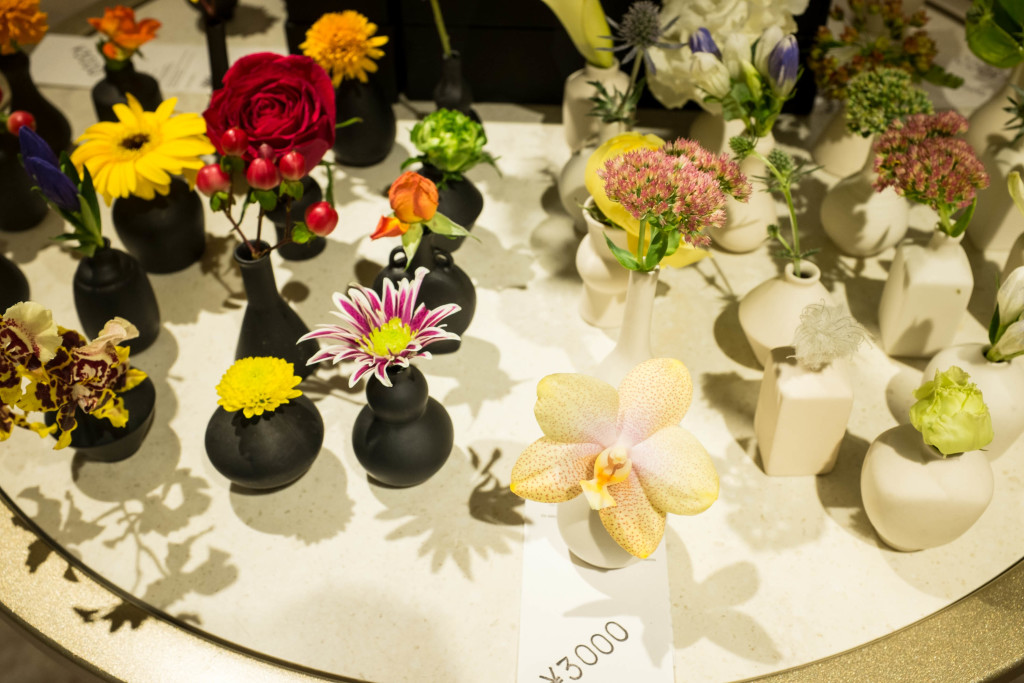
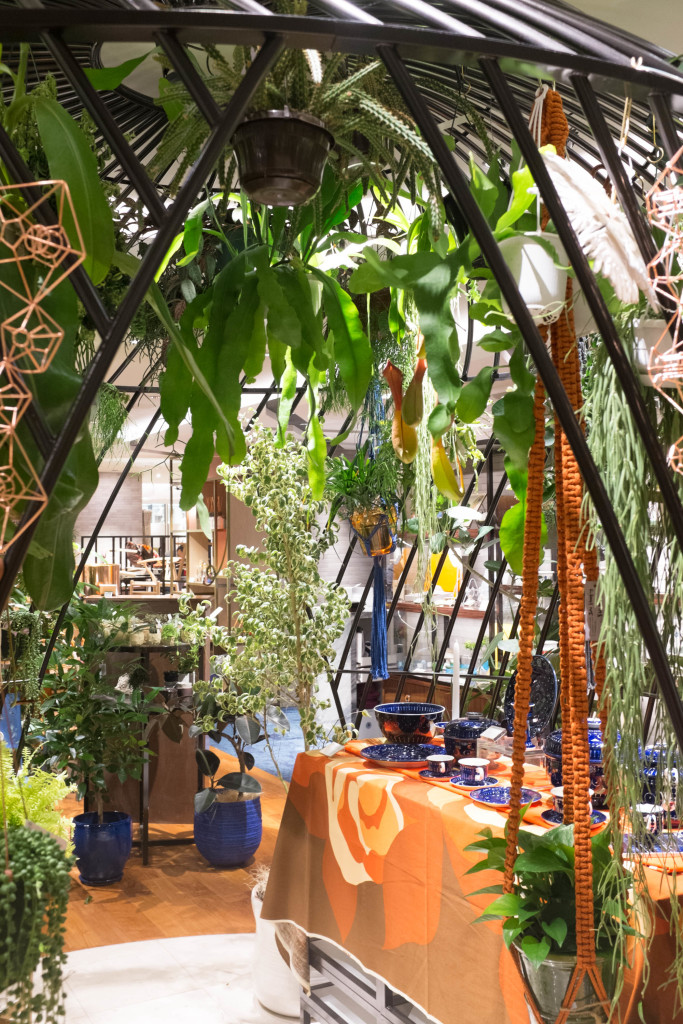
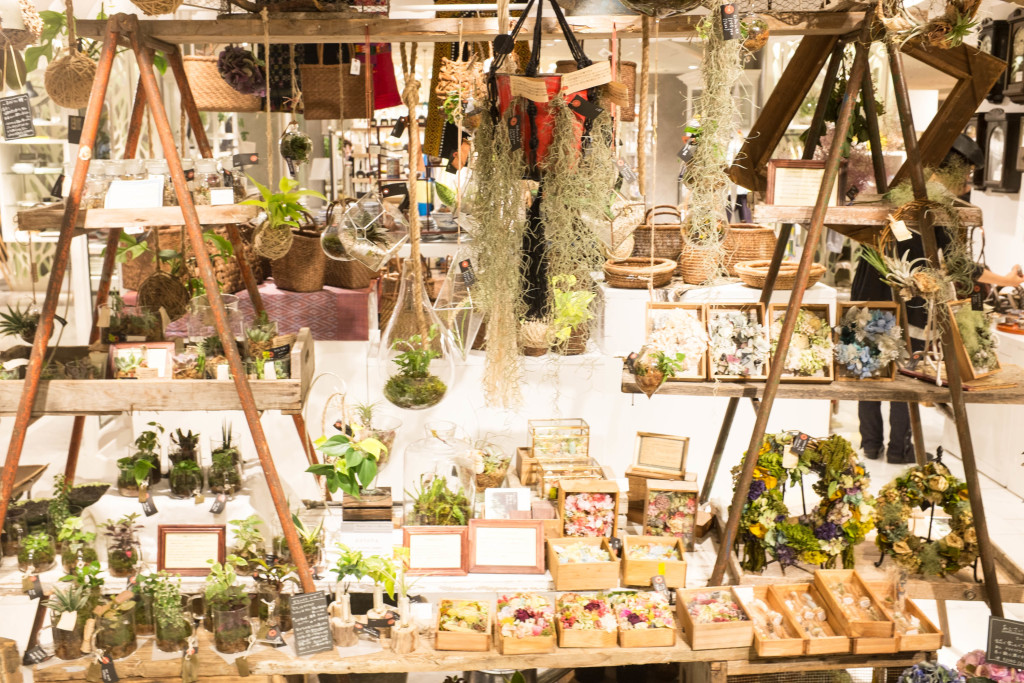
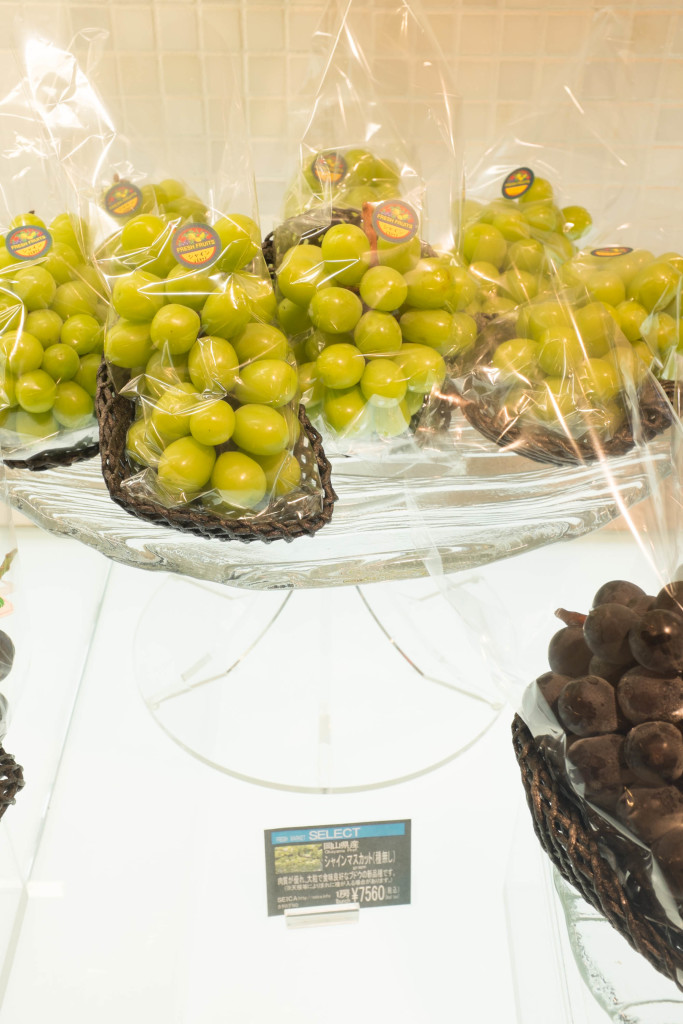
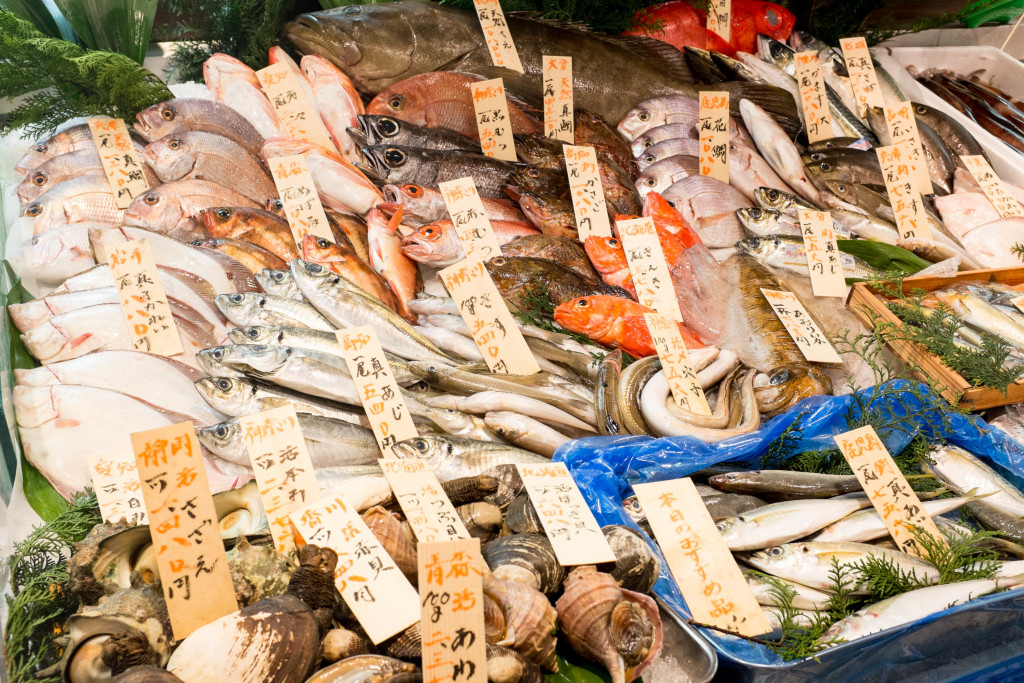
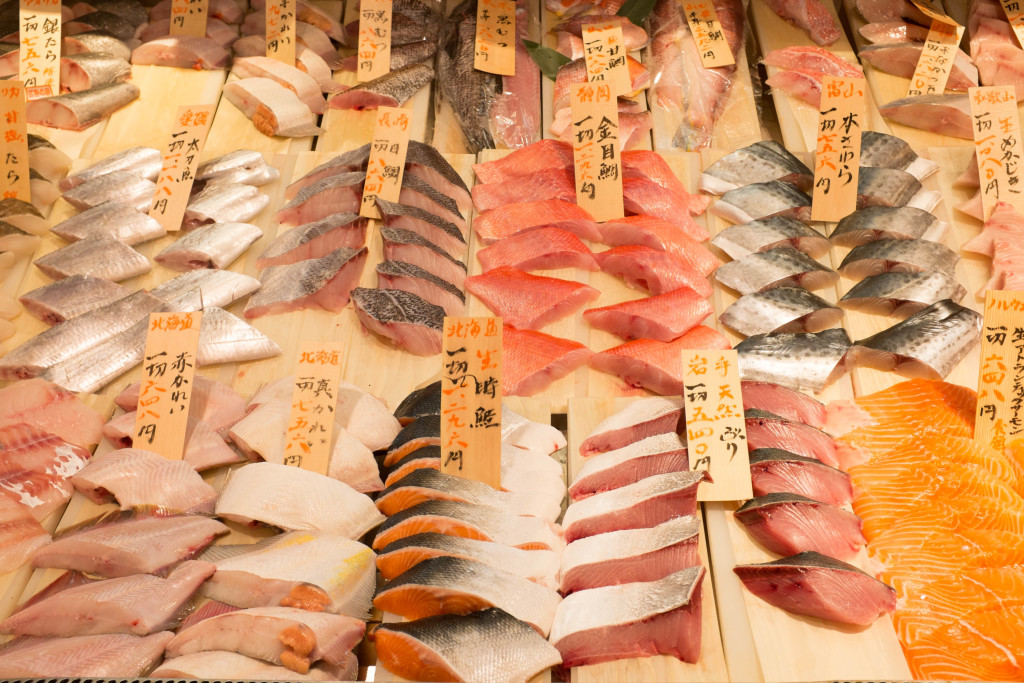
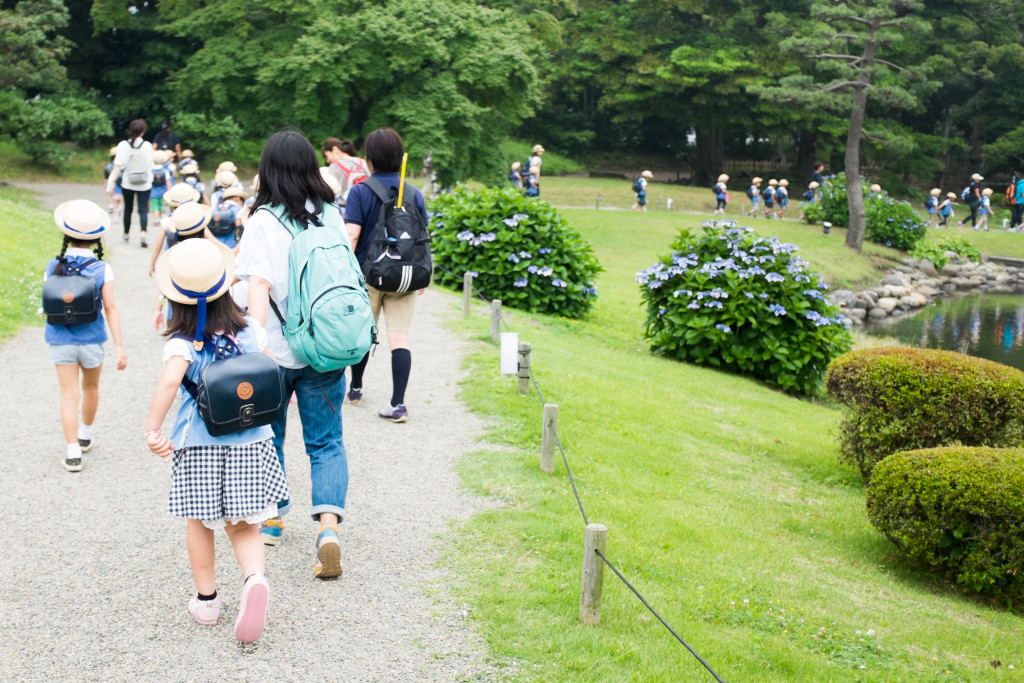
Beautiful. I’d love to visit and all these reasons just made that desire greater! You captured it beautifully.
<3 Have Ashley, Will Travel
Love this post. You capture the many faces of Tokyo brilliantly in word and photo. It is not the common sights but the actual life you describe, which I really like. This is also how I experienced Tokyo and I started out thinking I wouldn’t like it!
Beautiful photos and interesting observations too! I’ve only been to one Asian city (Seoul) and your photos reminded me a lot of there-slightly intimidating and sprawling urban megacity and yet pockets of bucolic settings can still be found (my favorite was a place called the Secret Garden which is on one of the grounds of the palaces there). And a matcha almond croissant, oh my tasty goodness!
It’s a really neat place, Anne! I wasn’t expecting to like it so much!
Thanks friend!! I really appreciate that! 🙂
I love that it seems so modern yet at the same time, so old and historic. The architecture and the building structures seem so amazing!
This is awesome!! Your photos are breathtaking and your descriptions amazing. I felt like I really caught a sense of Tokyo and it’s treasures 🙂
Thanks!! 🙂 You NEEED to go to the basements of department stores. They’re amazing. Tons of raw fish and even our favorite bakeries from Paris!!
Thanks so much Kelly!! 🙂 And Japanese TV is something else… right before we aired, they had a guy dressed in an egg costume dancing around and laying eggs! So weird..
I love this post, Daisy!!! And now I can’t wait to go to Tokyo myself!!! I wasn’t sure if I’d love it either but it looks amazing! I’m so excited for all the sushi and the shopping now! Your photographs are amazing too. And that’s awesome that you got on TV. 🙂
Haha, how neat that you were on Japanese TV! And the sushi making sounds fun 🙂 I love your photos of Tokyo – plus your outfits are so cute!
I have not heard of “cat cafes”.
Enjoy your trip 🙂
I think you’d like Japan a lot actually! They have a minimalist approach to relaxation and decor that I really appreciate. 🙂
Haha! I love old things too! We visited some REALLY old things today and those photos will be on the blog some time next week!
It’s been so much fun, I’m really grateful to be traveling right now. 🙂
Thanks Ashley! That means a lot to me 🙂 Travel photos and stories are hard to keep concise!
I know right! Rural Japan (which we’re visiting now) has been on my list for a long time, but not Tokyo. Now that I’ve visited, I strongly recommend it!
Ah thanks Jenna!! I would have sushi here everyday too… except (un)fortunately there’s so much other great food too! #troubleinparadise
Ooh yes it does. I didn’t even capture all of it (some of the bakeries didn’t let us take photos!). It’s been a great trip, more than I can really process but hopefully that will come with time 😉
Ah thanks friend! Yes, it kind of is like Hong Kong but cleaner (and in my opinion, better food!). I had no idea you lived there, by the way! Do you have a blog post about growing up in Hong Kong?
Hahah! It’s so great I think you would love it Nina!
Tokyo is awesome! Having been to lots of Asian countries, I think that Japan is a great place to start. It’s so clean, safe, and absolutely amazing on all fronts. The only challenge is the language– and that’s a big one. They don’t really care about speaking English well here!
Hehe! I love sushi… hope you do make it out here! I don’t think it will be changing drastically in the next several decades…
Ah so glad to hear that Rachel! And exactly– the diversity in Tokyo’s spaces, from high-rises to funky shops to peaceful gardens, really surprised me!
haha! yes, tokyo has so many great coffee spots. Have you heard of “cat cafes”?
And we’re just traveling! Moving here would be tricky, but definitely a fun adventure!
Wow, I have honestly never really wanted to go to Japan but I think you just convinced me otherwise. Looks like such a beautiful place with delicious food! Very cool that you were on TV too 🙂
Well, I was sold at sushi. (; But wow oh wow does that place have a lot of beauty. I’m all about old. Old homes, old architecture, old world. I love that a lot of European and Asian countries hold dear to those old things that make them unique. Beautiful Daisy, you are so blessed.
http://www.accordingtokiki.net
It does sound like a nice place
Sounds so amazing, Daisy! I love the way you wrote these points and weaved pictures in. I felt like I could see and experience a little of Japan along with you! And really, it seems like an incredible experience!
Now I want to go! Great pictures. I don’t think Tokyo would have been on my list but now I’m so intrigued!
Wow, these photos are wonderful! I’m so glad you’re having safe and happy travels. 🙂 I would lovvvvve to try all of the great and fresh sushi there. I’m pretty sure I’d have it for every meal!
I had no idea that Tokyo had such a thriving bakery and dessert scene — I’m in! I also love the contrast between the super modern architecture and all the lush gardens. Such a unique place. I’m glad to see that you’re enjoying your trip so far!
These pictures are so so stunning – Tokyo reminds me of my childhood spent in Hong Kong though it seems much cleaner! I love that there’s so much history and culture while being city-like. Glad to see the sushi making went well!
Nabihah | thesundaywardrobe.blogspot.com
You’re famous! And now I want to travel to Tokyo!
So fun! Tokyo is actually the one place in all of Asian I’ve always wanted to visit. That almond matcha croissant sounds absolutely divine!
You had me at sushi! Tokyo is such a cool city! And so unique as well. Hope to make it there one day… kicking myself for not going earlier!
I’ve never been to Tokyo but I really want to, your photos are giving me serious travel envy! I’ve always been fascinated with Tokyo’s juxtaposition of old a new; it’s a place with ancient old temples and also the most hi-tech, gadget-laden sky scrapers! Also the quiet gardens look so beautiful, they look like such a peaceful place.
The Runaway Journal
I’ve been looking for the perfect coffee shop. Looks like it’s in Tokyo, not North Carolina. haha.
Are you guys just traveling, or are you moving to Japan?
Kristin // thepeculiartreasureblog.com
Thanks Amanda!!x
I’m loving all your photos! x